The NFL Draft is almost upon us, and there is little left to know about the 500 or so prospects that dot draft boards across the league. There is still plenty of draft speculation flying, however, most of it regarding teams, not prospects. Will Cleveland use any of its multitude of picks to trade up from #12? Do the Jets want to move down from #6? Will the Panthers try to acquire a second pick in the opening round?
On Wednesday, the day before Round One was to kick off, the rumor mill generated an interesting idea involving the Tampa Bay Buccaneers. Reports suggest that not only are the Buccaneers willing to trade down from pick #19 in the first round, but that they have already started laying some groundwork for that option.
When it comes to the origins of draft speculation, there is information, misinformation and carefully-placed information. We likely won't know how much weight we should put in the above report until Thursday night, if ever, but it certainly comes from a well-connected source, and it certainly is plausible. Given the acknowledged depth of this year's class of prospects and the Buccaneers' lack of one overwhelming positional need, a trade down could make sense, depending upon what players are still available.
In terms of potential picks at #19, the Buccaneers appear to have a myriad of options. In terms of how to utilize that first-round asset, there are exactly four options, although three are dependent upon willing partners. The Buccaneers could stay put and pick a player at #19, they could trade up, they could trade down or they could trade out. A trade out would mean giving up that pick (and possibly more) for a veteran player from another team, and would seem like the least likely of the four possibilities.
Let's take a look at those four options, how likely they are, and what the Buccaneers could potentially do with each of them.
*(Note: As usual, this should be regarded as speculation by the author, not as the thoughts or strategies of Buccaneers General Manager Jason Licht, Head Coach Dirk Koetter or any of the team's draft decision-makers. In addition, this is not meant to reflect the strategies of or any inside information regarding other teams mentioned below.)
*
1. Stay Put and Pick at #19
Simply because this is the default option, requiring no additional maneuvering on Thursday night and no willing trade partners, it remains the most likely scenario. And, for the same reason that trading down looks smart – a loaded draft class means more "first-round" talent is available – this is also an attractive option.
The Buccaneers may not have that one pressing need like they have in recent drafts, but they do have a variety of spots on the depth chart that could use another talented player. Those appear to include wide receiver, running back, tight end, cornerback, safety and defensive end. In addition, many draft analysts believe the Bucs could use help on the offensive line, though team management may look at that unit differently.
READ: DEFENSIVE BACKS TO WATCH
As for the offensive skill-position players, there are three running backs (Dalvin Cook, Leonard Fournette and Christian McCaffrey), three wide receivers (Corey Davis, John Ross and Mike Williams) and two tight ends (O.J. Howard and David Njoku) who commonly show up on first-round mock drafts. In our own collection of mock drafts, posted on Tuesday, two of the four of us gave the Buccaneers a player from that group. It is highly unlikely that all eight of those player will be gone by pick #19, and very possible that several of them will remain on the board when the Bucs go on the clock. If Tampa Bay management wants to get on the "Weapons for Winston" train, they should have the chance. The speedy Ross or Jameis Winston's former Florida State teammate, Cook, could add another dimension to the Bucs' promising offense.
In addition, the draft is very deep in defensive backs and the Buccaneers would likely have their pick of a handful of highly-rated corners and safeties on their board that spot. Alabama cornerback Marlon Humphrey or athletic UConn safety Obi Melifonwu could be targeted, or the Bucs could be the team that takes on the intriguing potential of Michigan athlete Jabrill Peppers. The same bonanza could also materialize at defensive end, although the perceived value of pass-rushers may cause a run on that position in the middle of the round. Michigan's Taco Charlton and UCLA's Takkarist McKinley are common mid to late-first-round draft projections.
NFL Media draft analyst Mike Mayock's top 5 players at the cornerback position.

- Marshon Lattimore, Ohio State
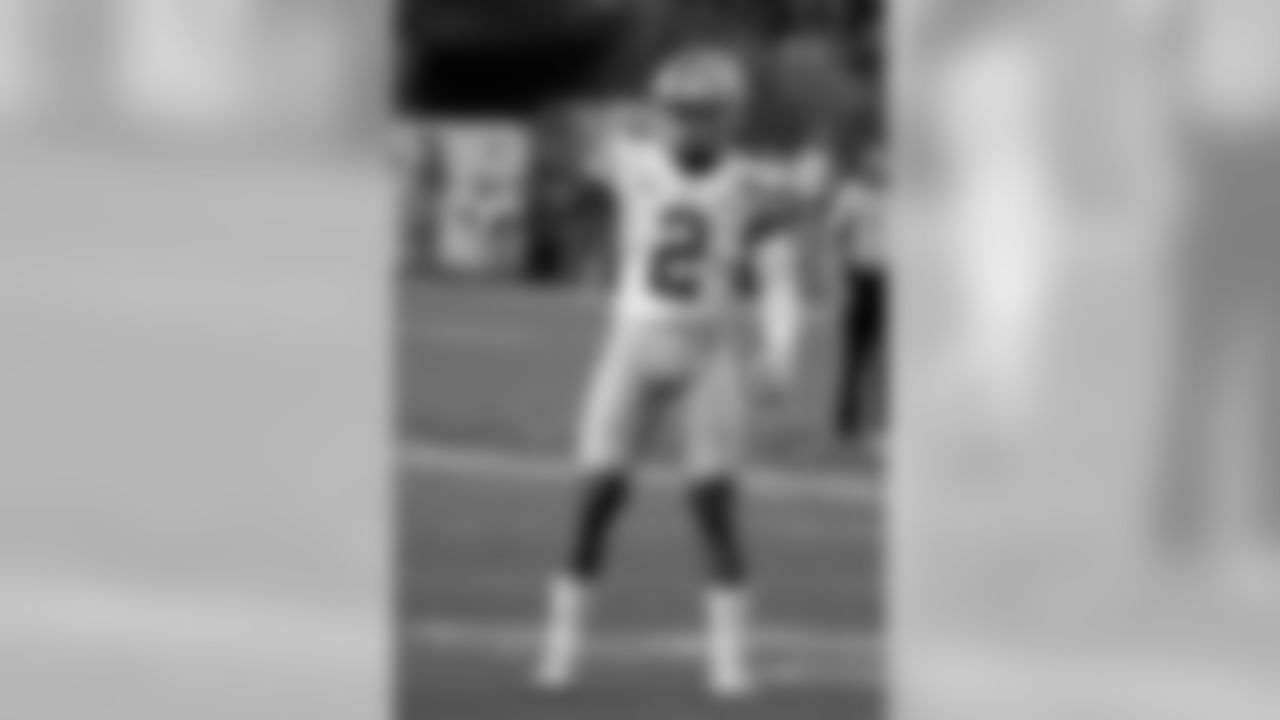
- Marshon Lattimore, Ohio State
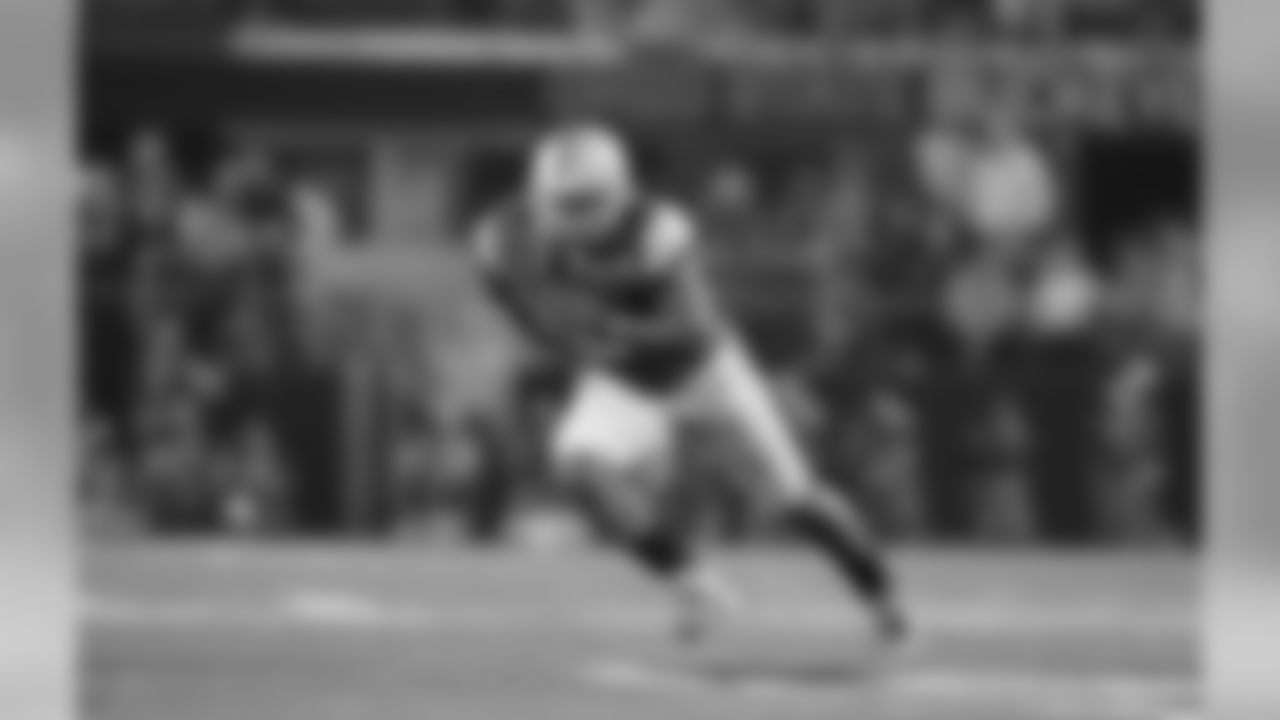
- Marshon Lattimore, Ohio State
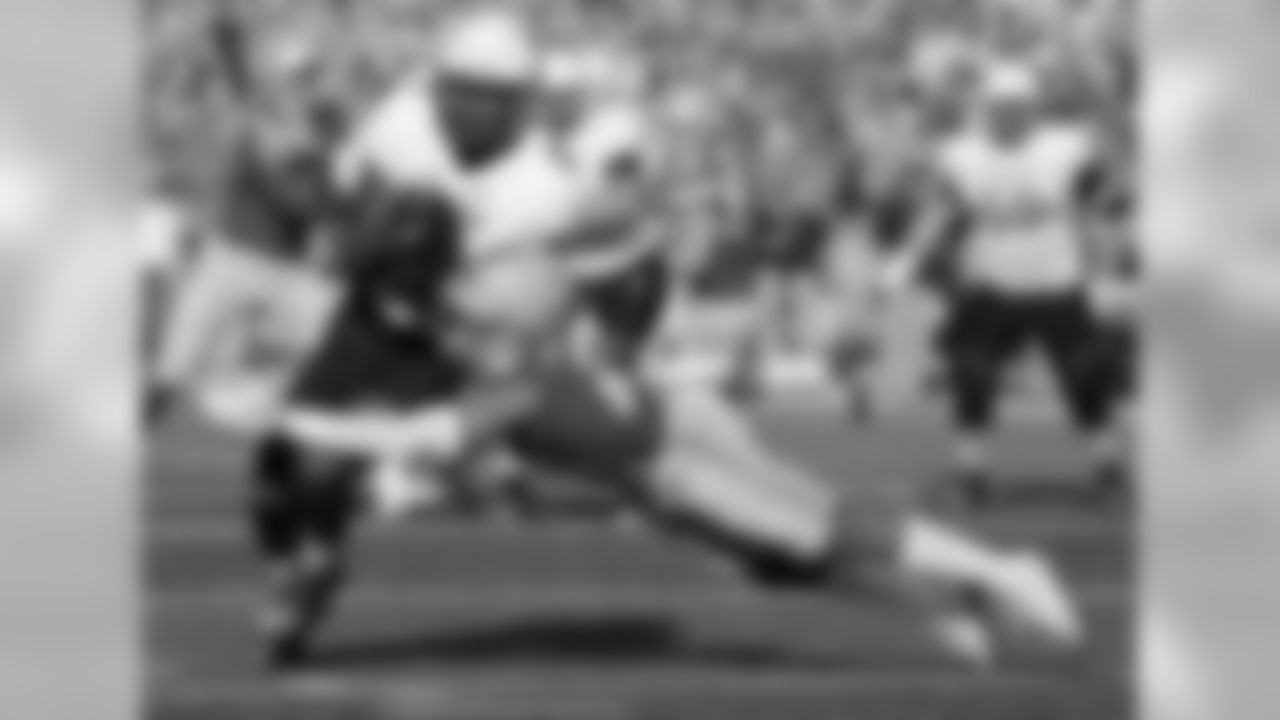
- Marshon Lattimore, Ohio State
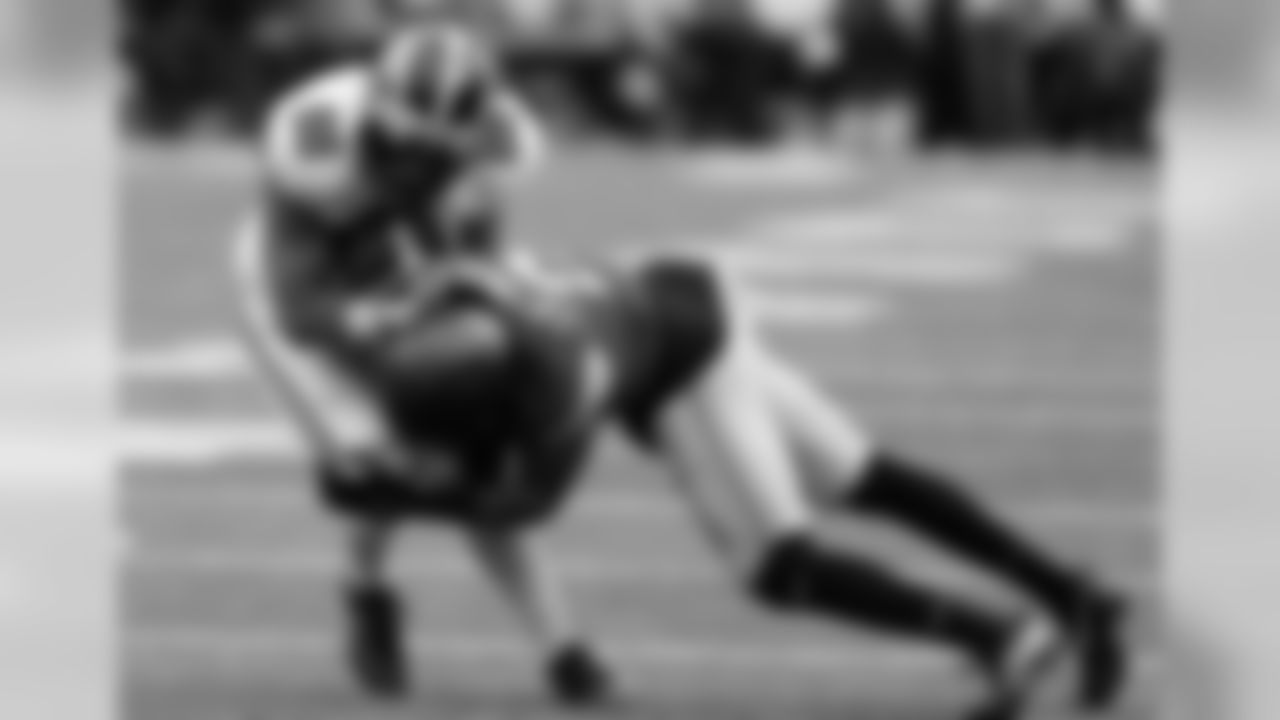
- Marshon Lattimore, Ohio State

- Gareon Conley, Ohio State
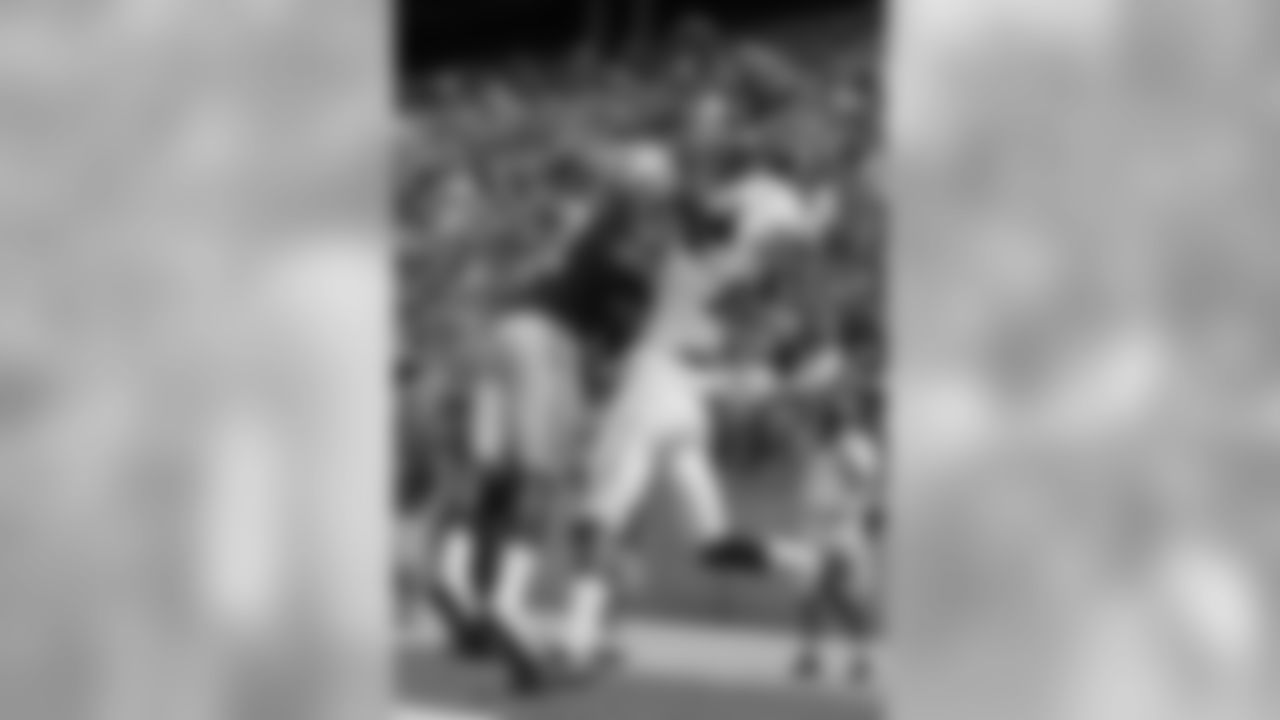
- Gareon Conley, Ohio State

- Gareon Conley, Ohio State
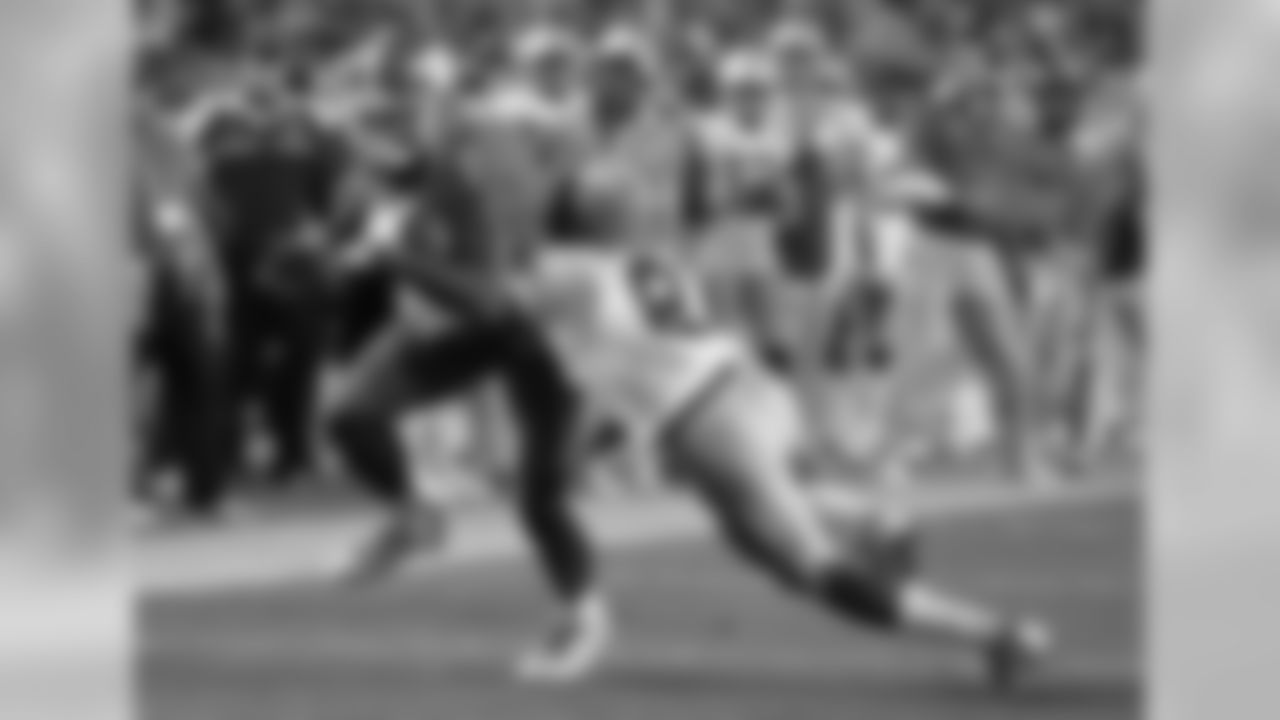
- Gareon Conley, Ohio State
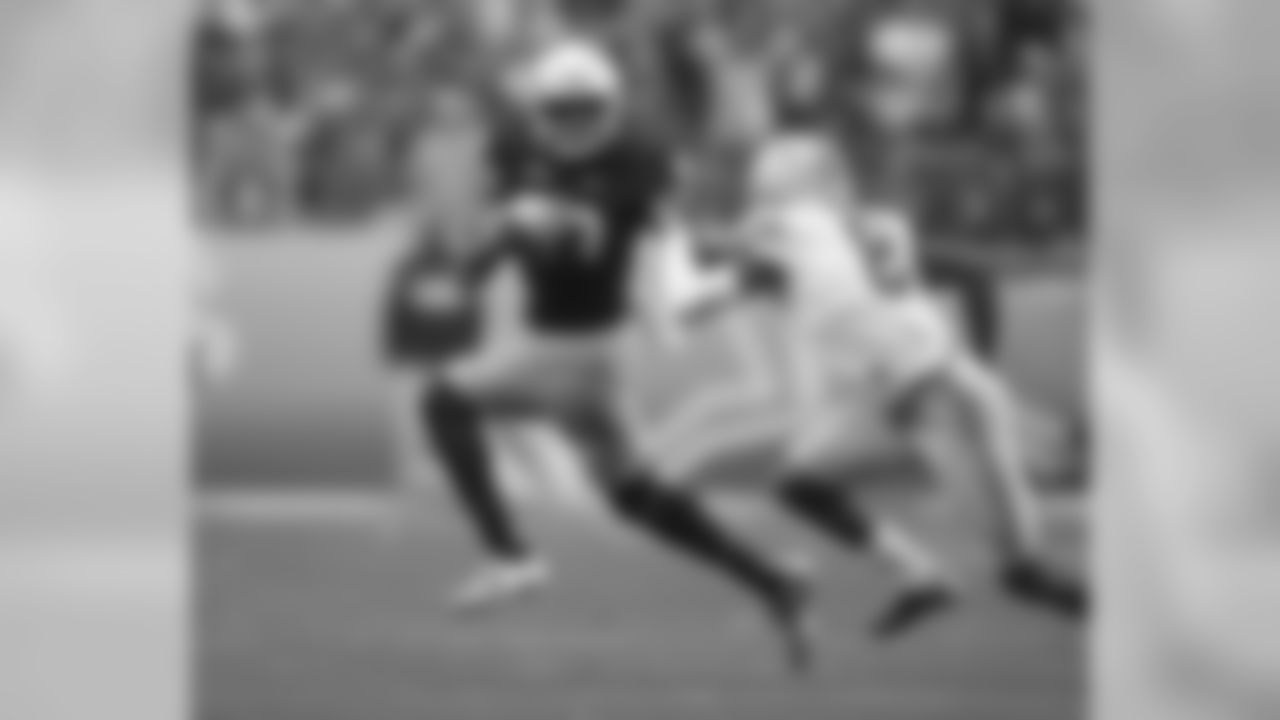
- Gareon Conley, Ohio State
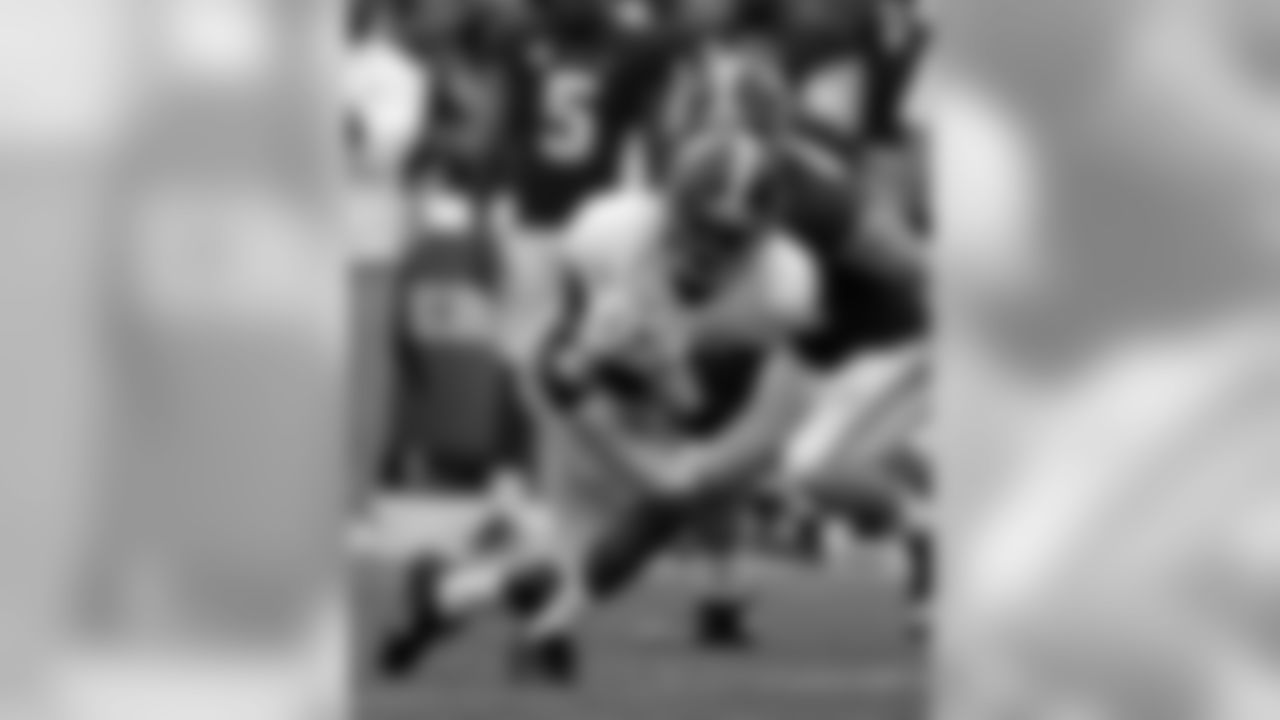
- Marlon Humphrey, Alabama
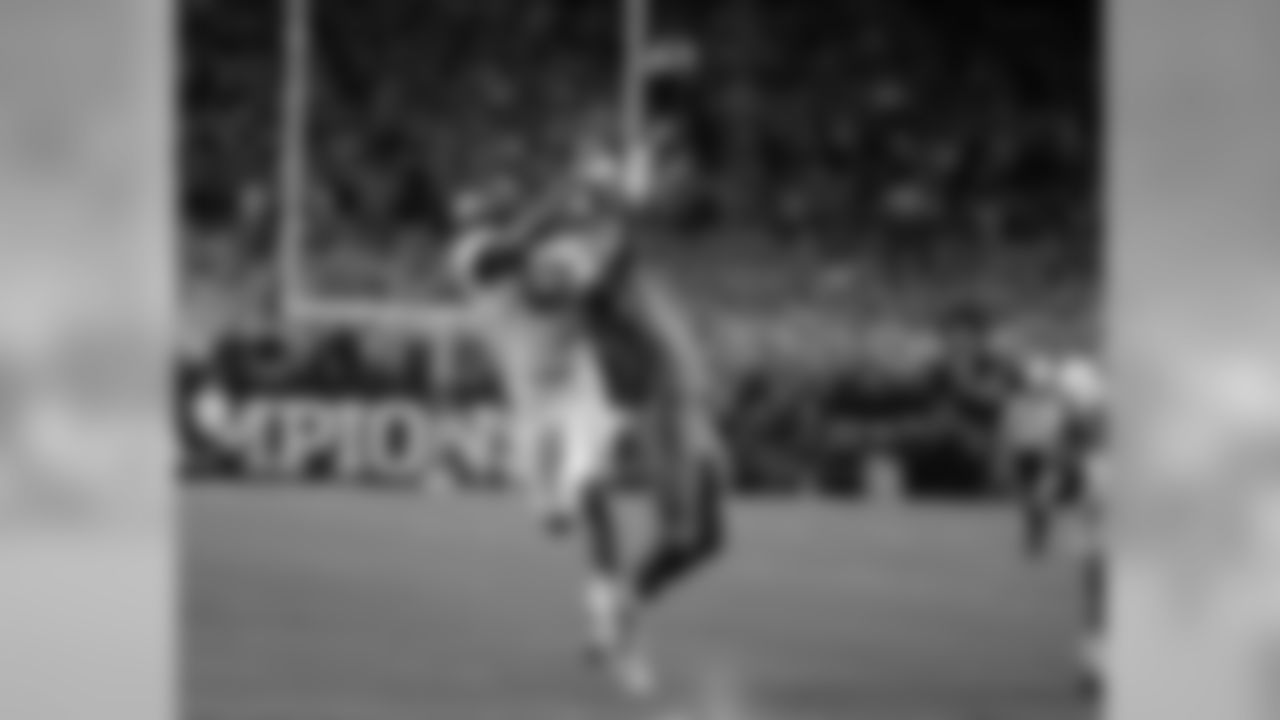
- Marlon Humphrey, Alabama
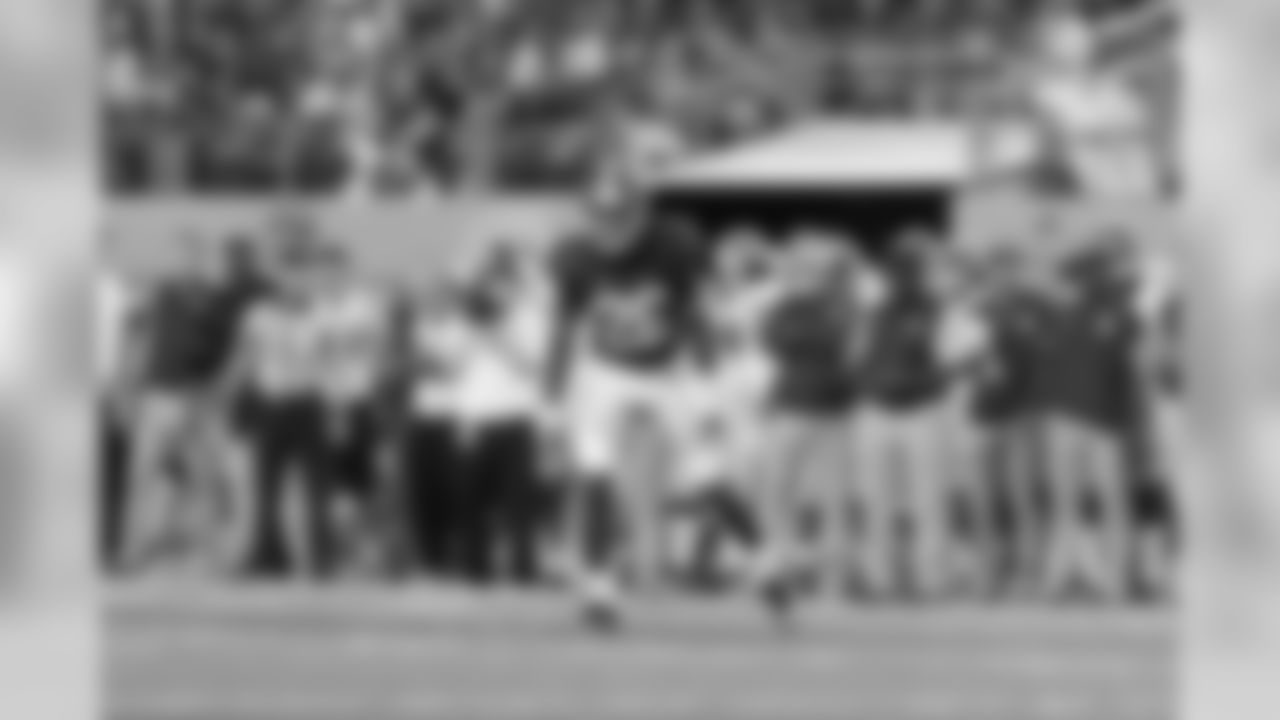
- Marlon Humphrey, Alabama
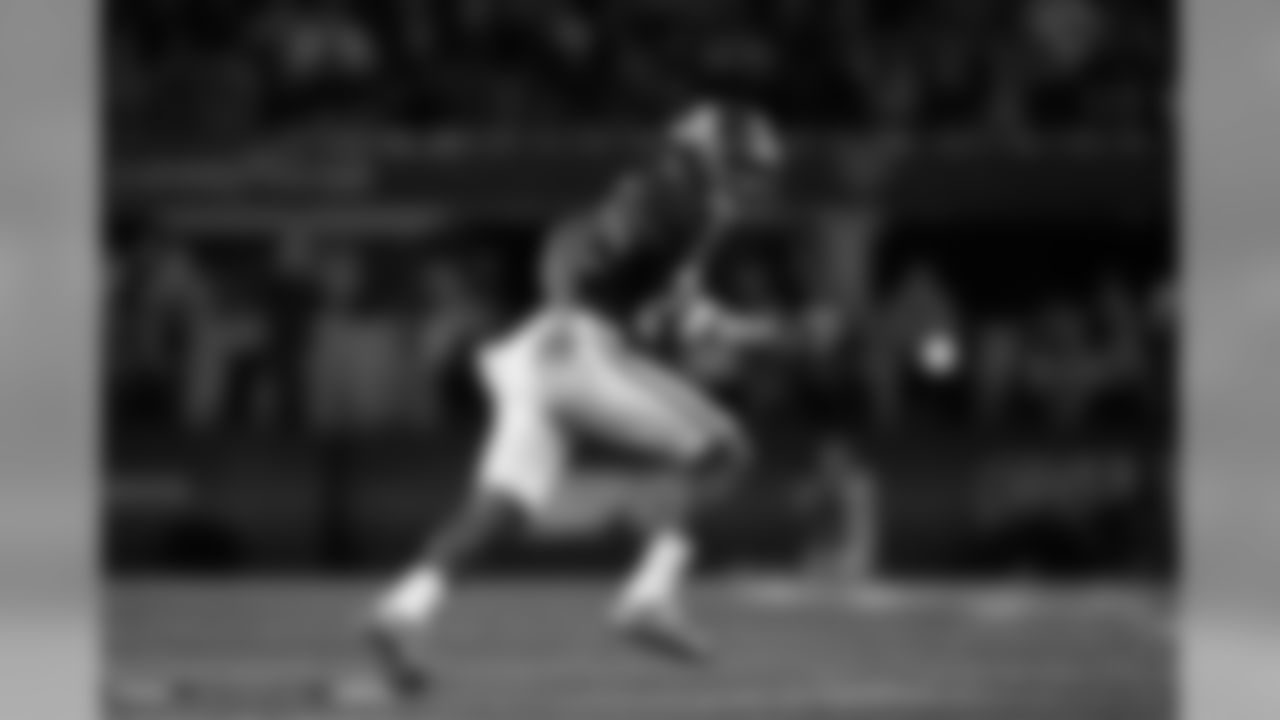
- Marlon Humphrey, Alabama
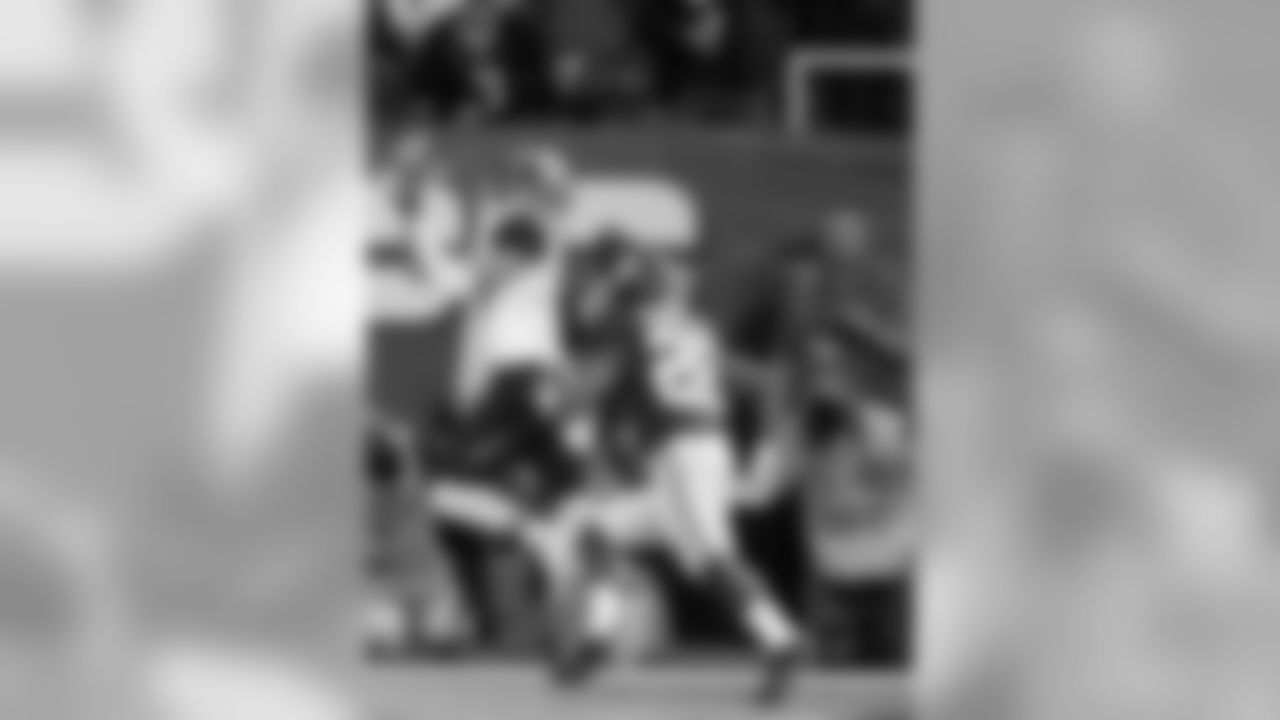
- Marlon Humphrey, Alabama
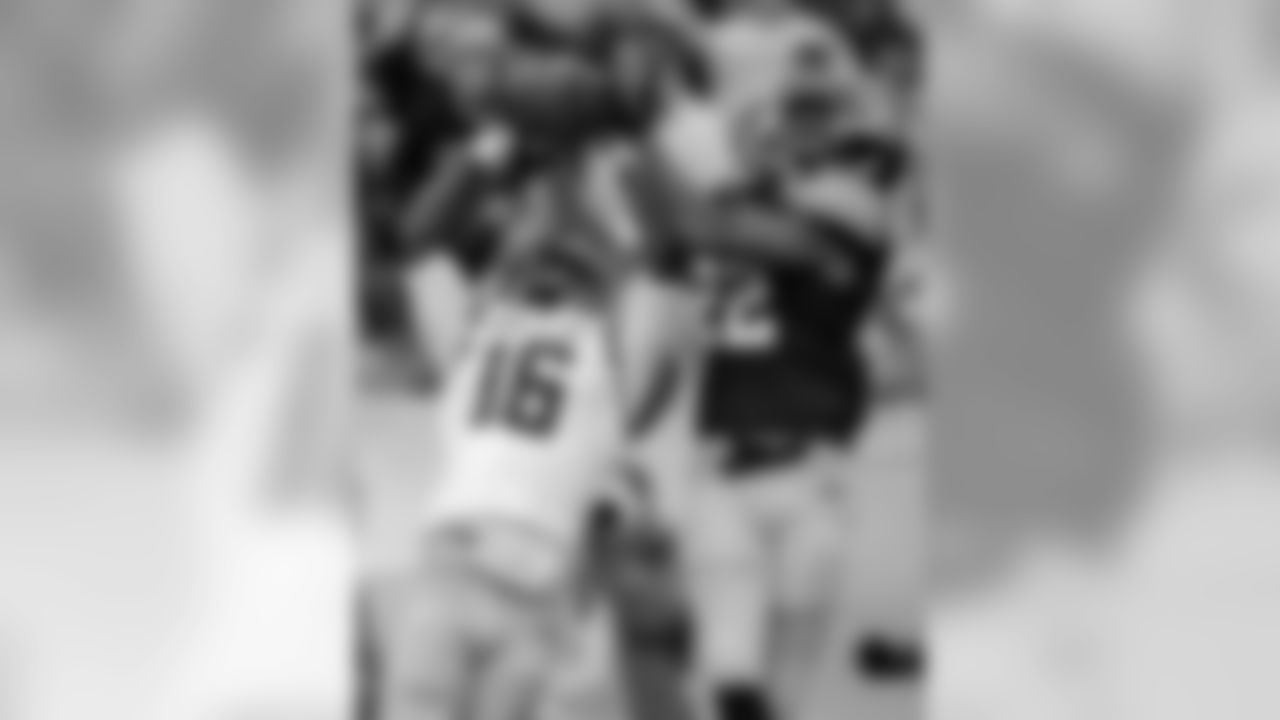
- Tre'Davious White, LSU
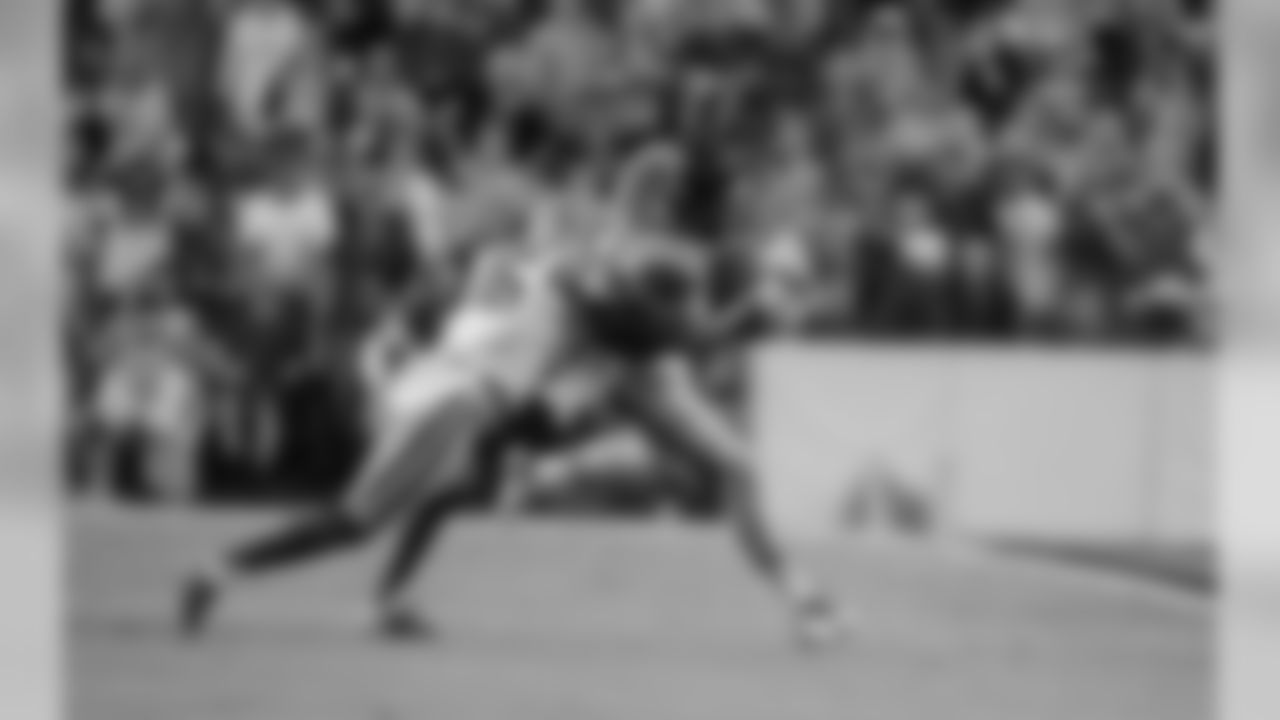
- Tre'Davious White, LSU
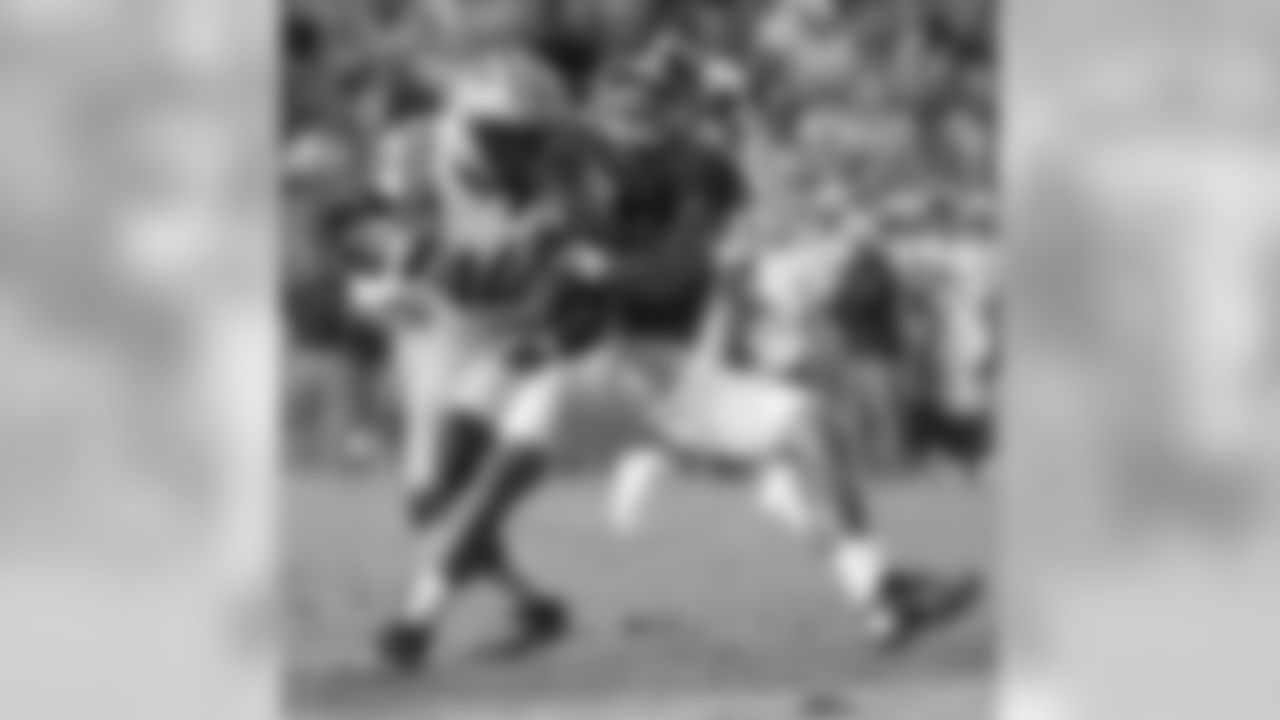
- Tre'Davious White, LSU
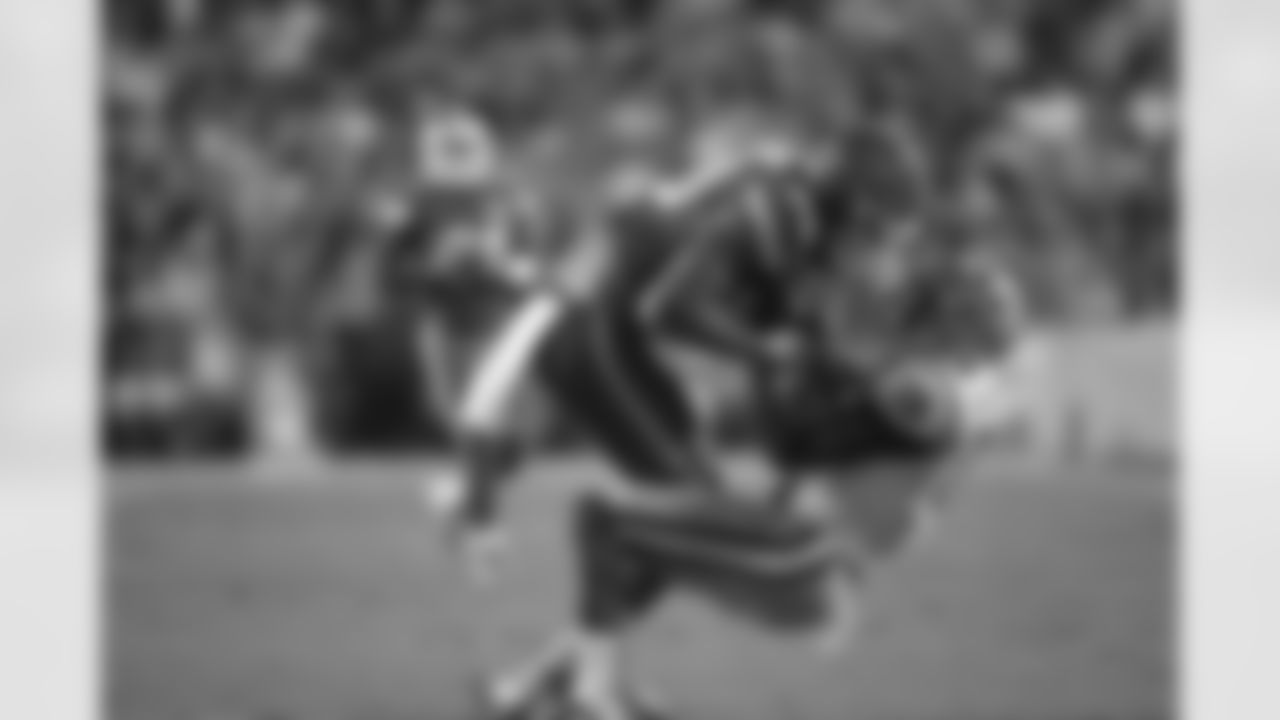
- Tre'Davious White, LSU

- Tre'Davious White, LSU

T-5. Kevin King, Washington
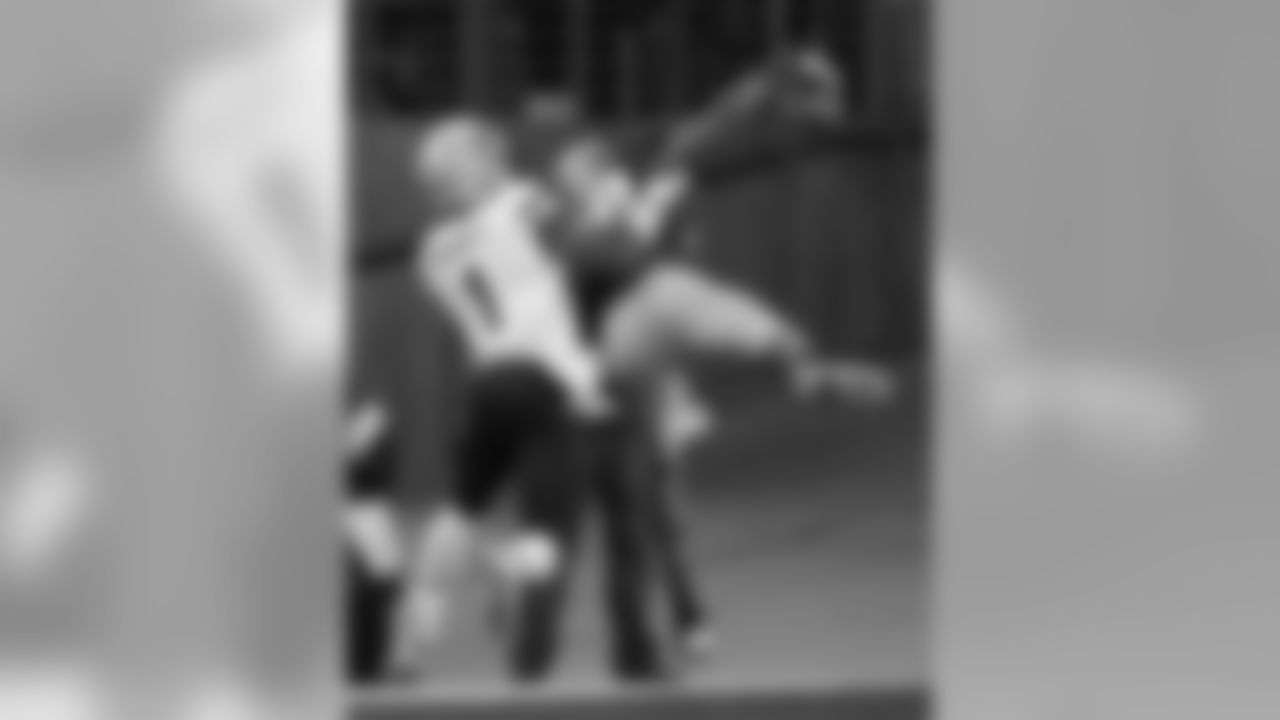
T-5. Kevin King, Washington
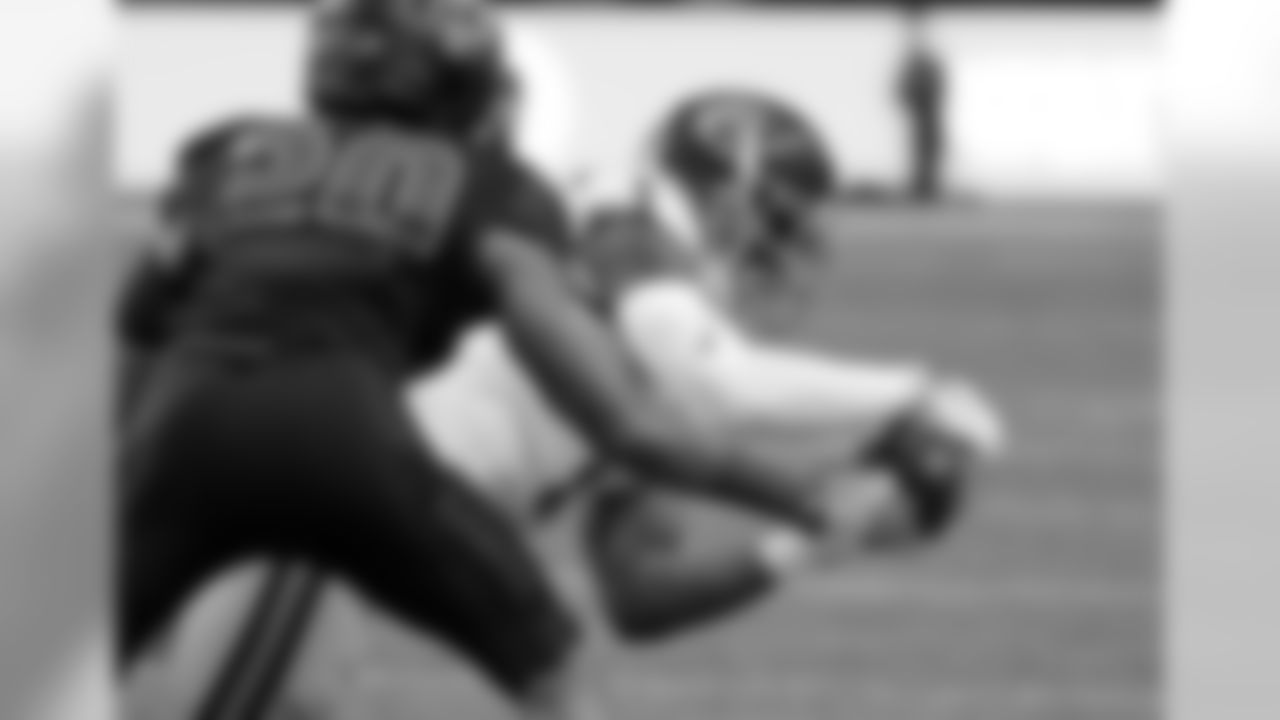
T-5. Kevin King, Washington
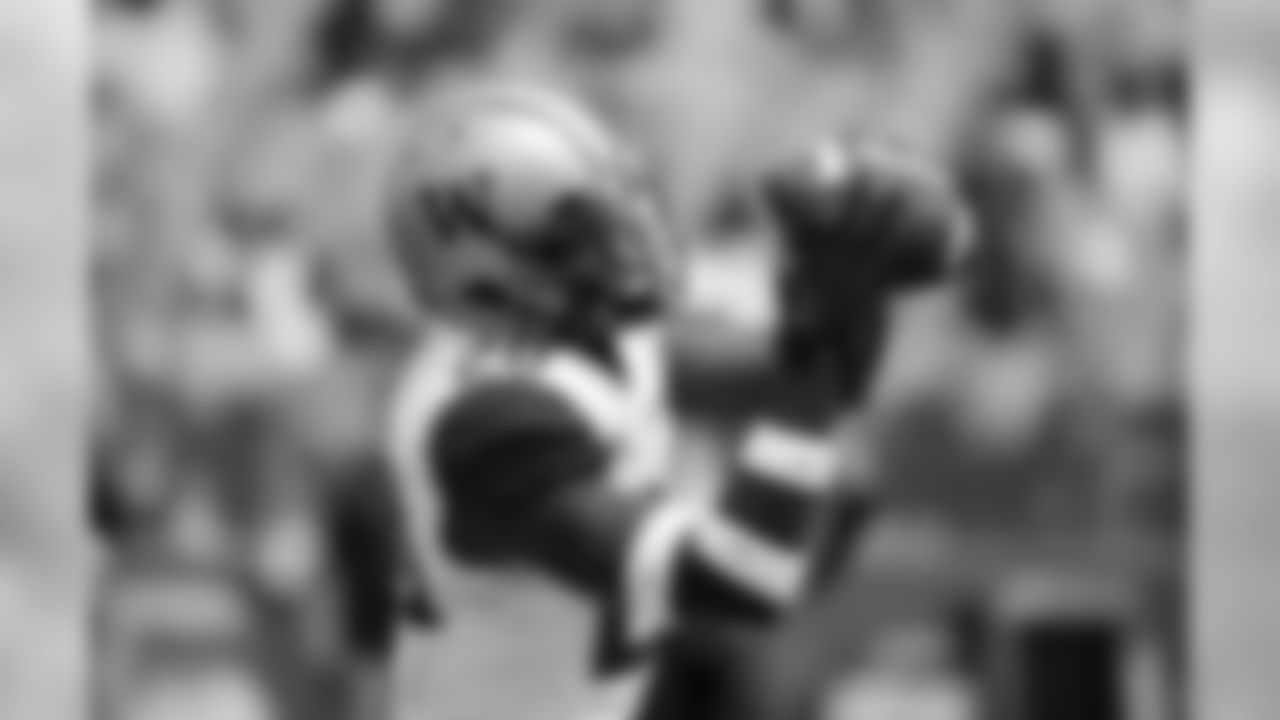
T-5. Kevin King, Washington
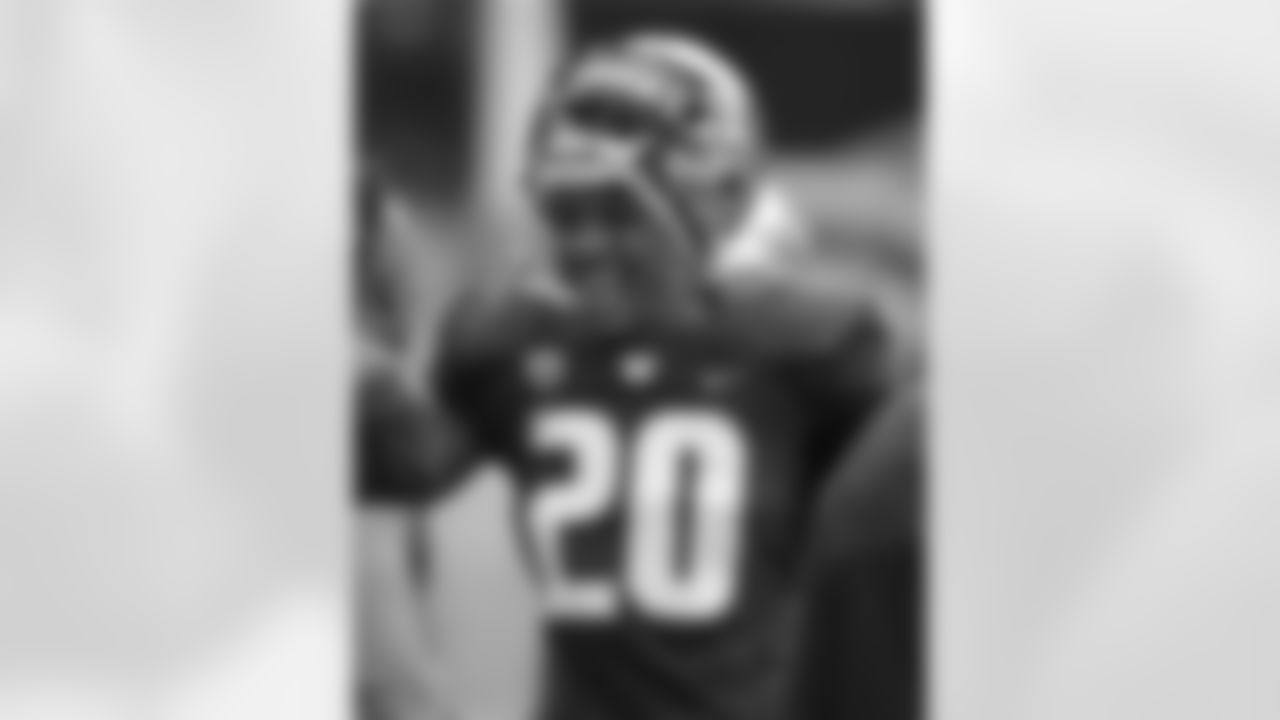
T-5. Kevin King, Washington

T-5. Adoree' Jackson, USC

T-5. Adoree' Jackson, USC
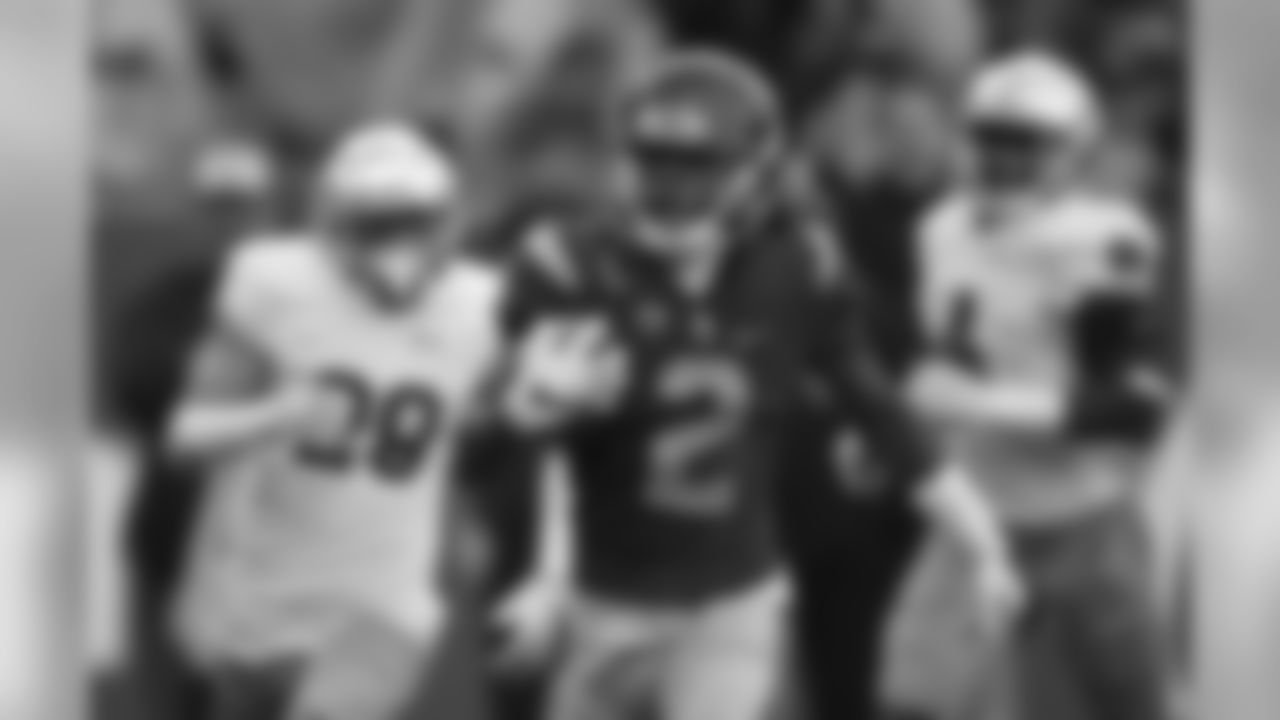
T-5. Adoree' Jackson, USC
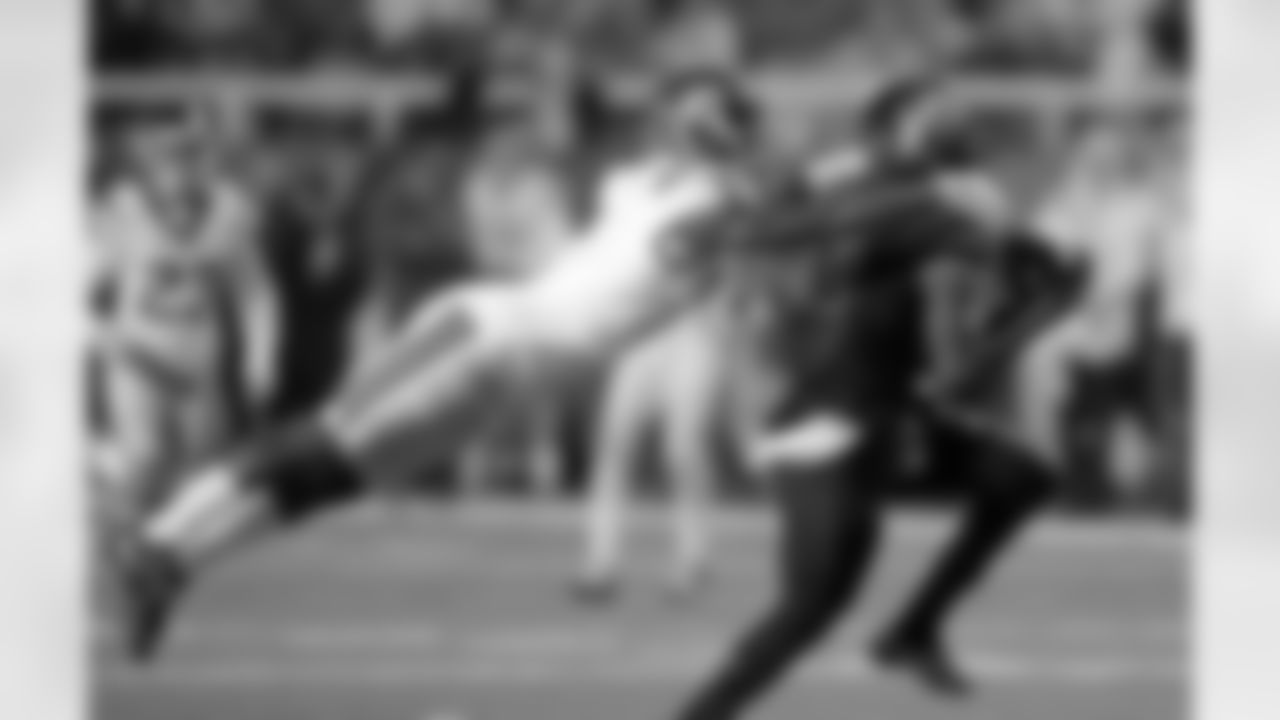
T-5. Adoree' Jackson, USC
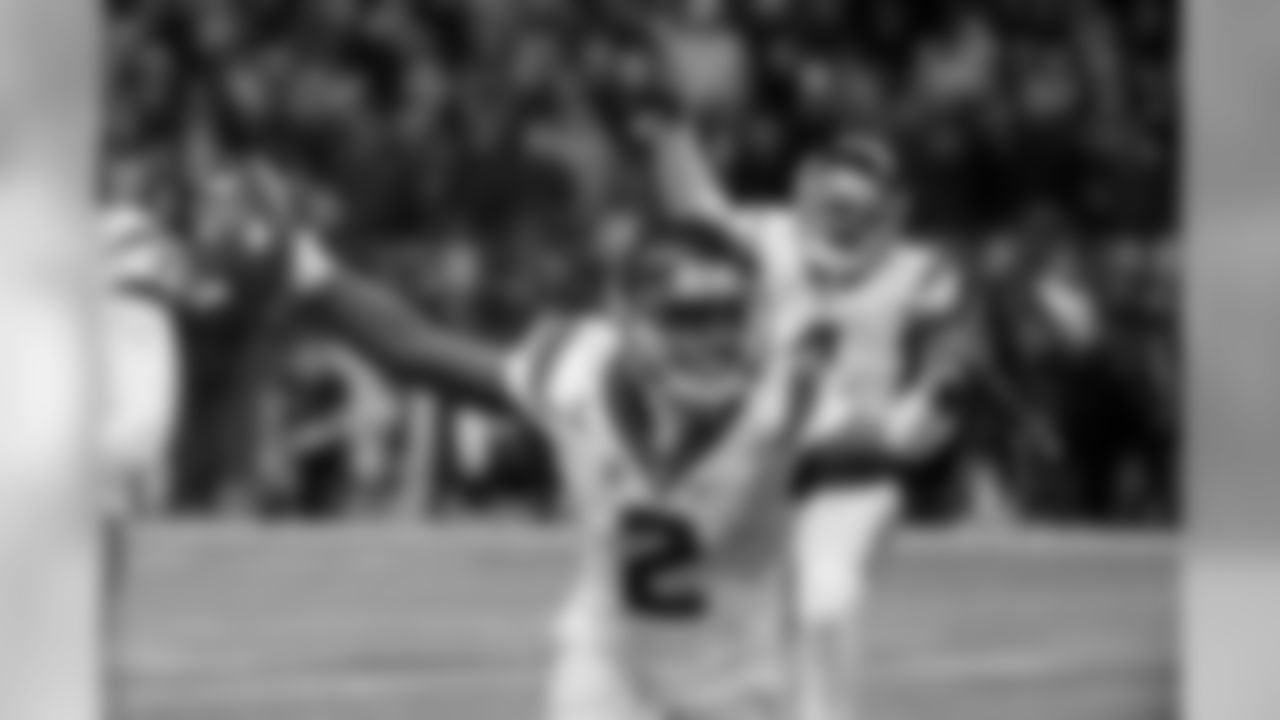
T-5. Adoree' Jackson, USC
If the analysts are right about the team's need to focus on the offensive line, the Bucs may find themselves in the perfect position. A relative lack of blue-chip O-Line prospects, as compared to most years, has the top half of most first-round mocks largely bereft of front-line blockers. Tampa Bay may be in position to take the first or second lineman off the board.
2. Trade Up
A deep draft class should mean there will be a handful of teams eager to trade down, so it shouldn't be too hard to find a partner if the Buccaneers want to go up from #19. There are, however, a couple of obstacles that make this option seem less likely.
One, the Buccaneers do not currently own any additional picks in this year's draft, just their own selections in each round. That means fewer assets with which to swing a deal and, probably, more reluctance to part with the picks the team does have. If the Bucs want to move up more than just a spot or two, it would almost certainly cost them at least a second or third-round pick. For instance, using the widely-distributed "draft trade value chart" that originated with Jimmy Johnson's Cowboys, a move up of five spots from #19 should cost 225 points, a move of seven spots should cost 325 points and a move of nine spots should cost 425 points. Those point values are the approximate equivalents of picks #73, #58 and #48. The Buccaneers' picks in Rounds Two and Three are #50 and #84.
READ: LINEBACKERS TO WATCH
Two, this idea requires the Buccaneers to be deeply in love with one particular player over all others. That most commonly happens when a team is searching for a franchise quarterback, and Jameis Winston's Buccaneers are not in that group. The depth at the positions the Bucs seem most likely to target means they can address multiple spots during the first two days of the draft without breaking the draft-asset bank for one particular prospect.
That said, if the Buccaneers do move up, it would likely be a small jump of a couple spots to secure a coveted player that has fallen into their range. This kind of deal is common in the back of the first round. Last year the Texans traded up from #22 to #21 to secure wide receiver Will Fuller; the Redskins, who moved down in that deal, followed with wide receiver Josh Doctson. Perhaps the Buccaneers would be motivated in a similar fashion to get one of the specific speedy receivers, such as Ross.
3. Trade Down
Obviously, if Adam Schefter's report is accurate, this is a very real option for the Buccaneers. Tampa Bay's player personnel professionals have been saying since the NFL Scouting Combine that their "120 Board" of top prospects is more stacked than it has been in years. In other words, players of the caliber who might have normally been ranked in the top 20-30 should be available in the second or third round this year.
NFL Media draft analyst Mike Mayock's top 5 players at the linebacker position.
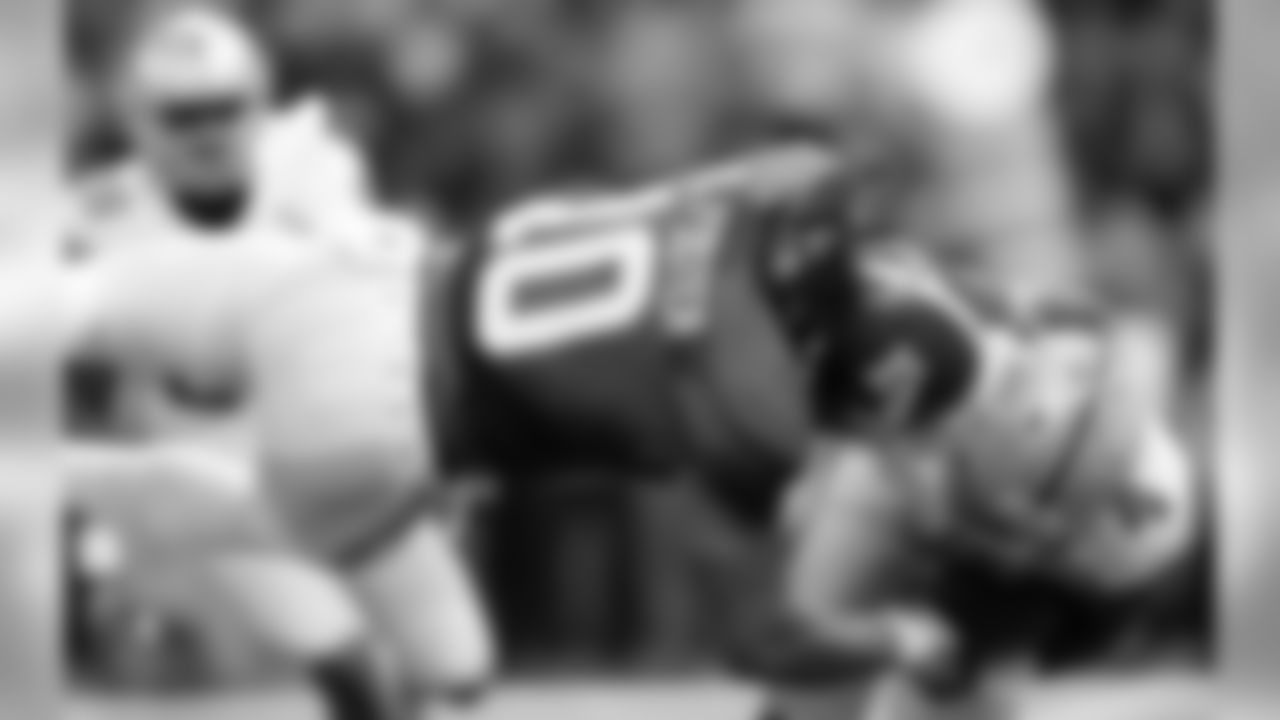
- Reuben Foster, Alabama
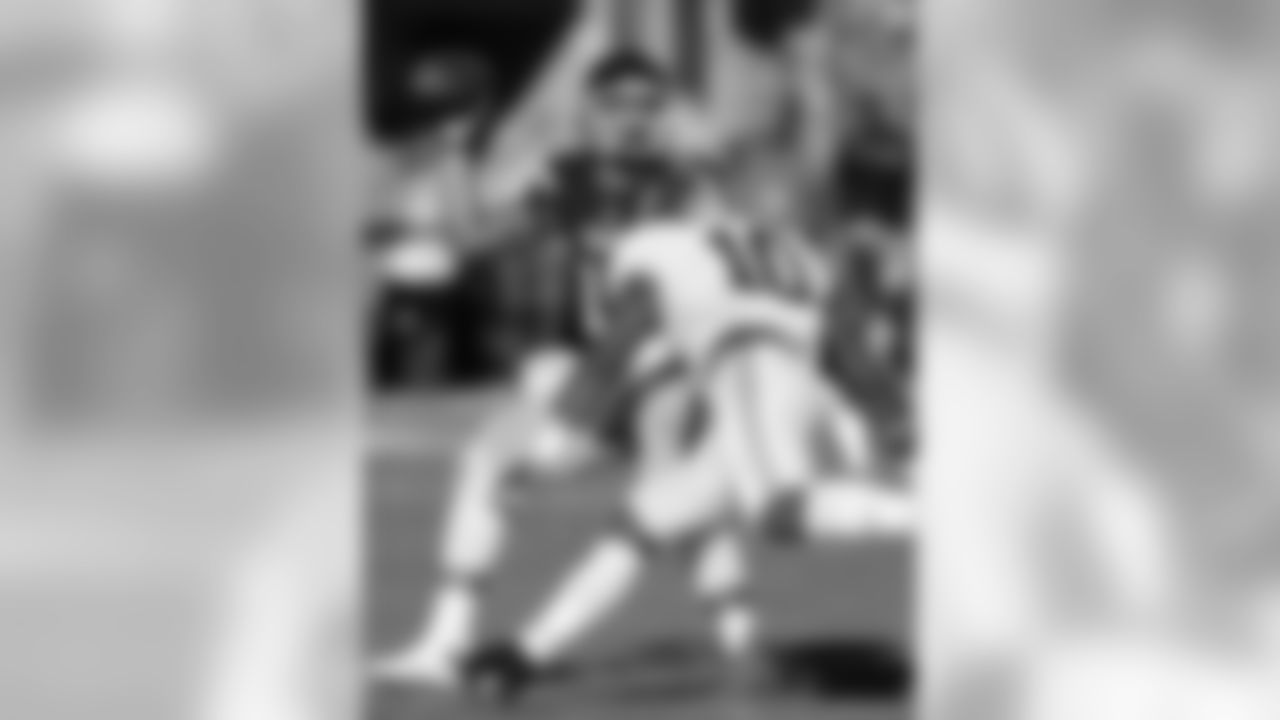
- Reuben Foster, Alabama

- Reuben Foster, Alabama
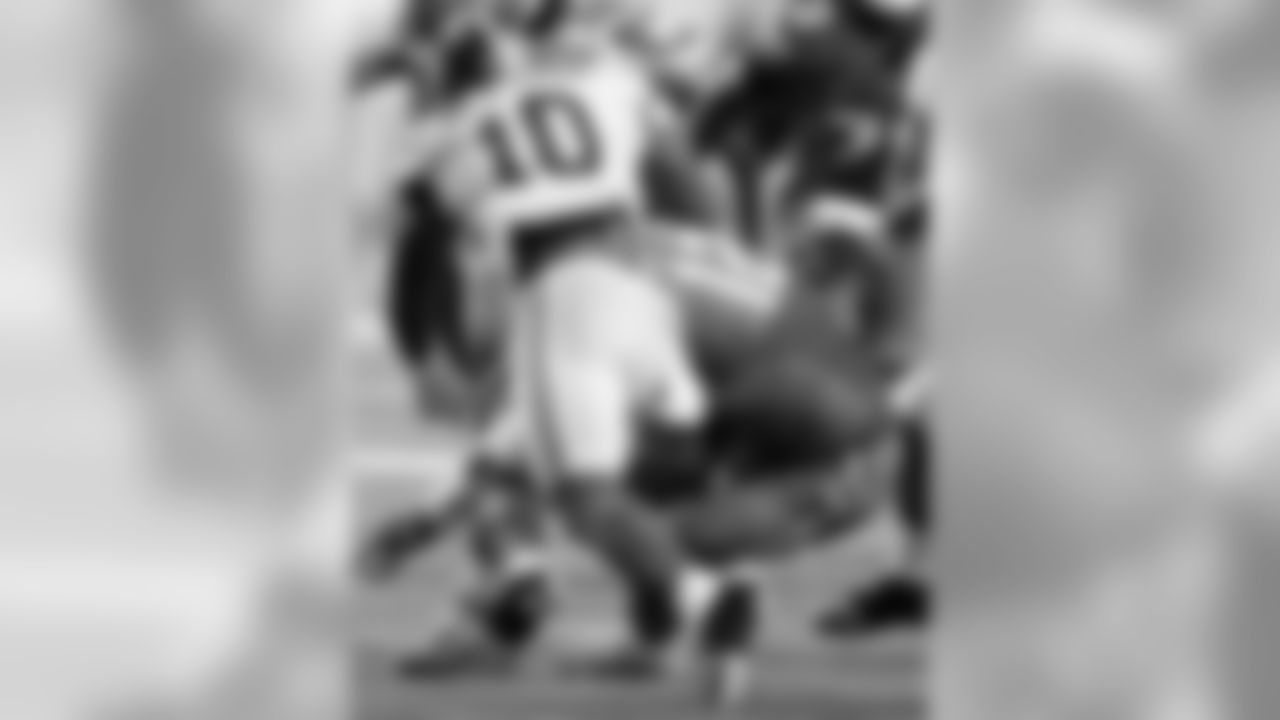
- Reuben Foster, Alabama
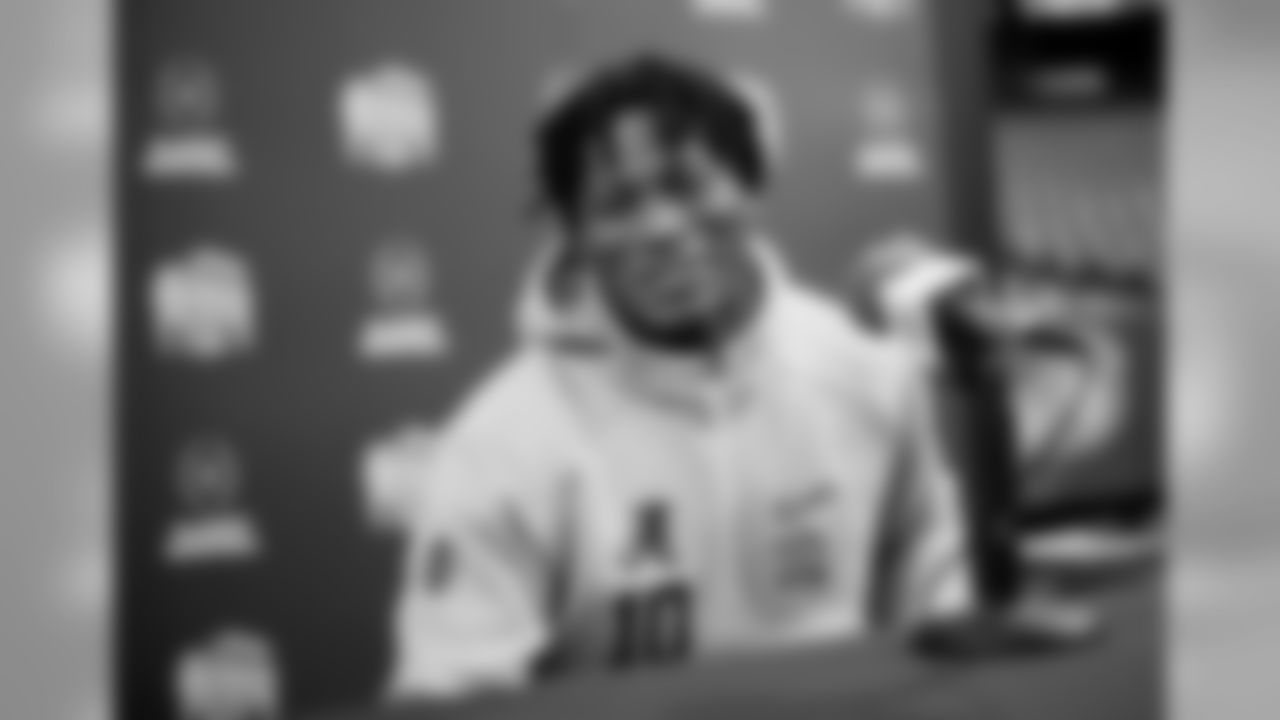
- Reuben Foster, Alabama
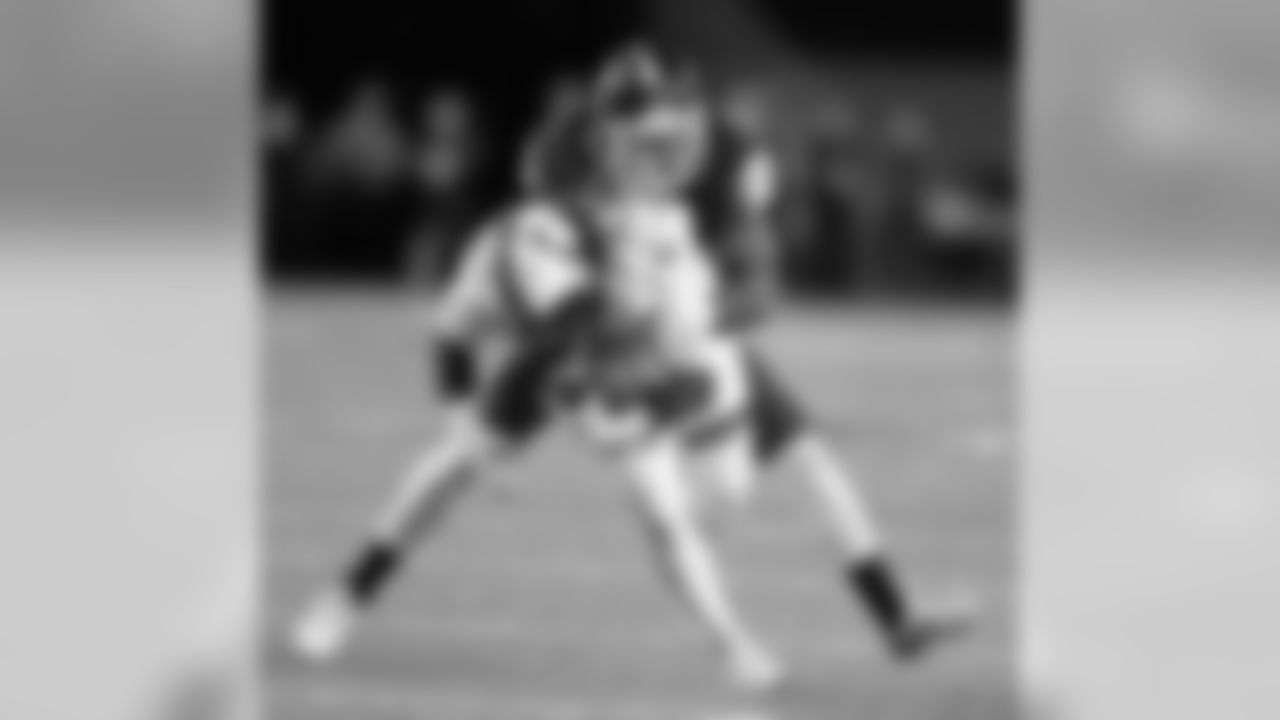
- Haason Reddick, Temple

- Haason Reddick, Temple
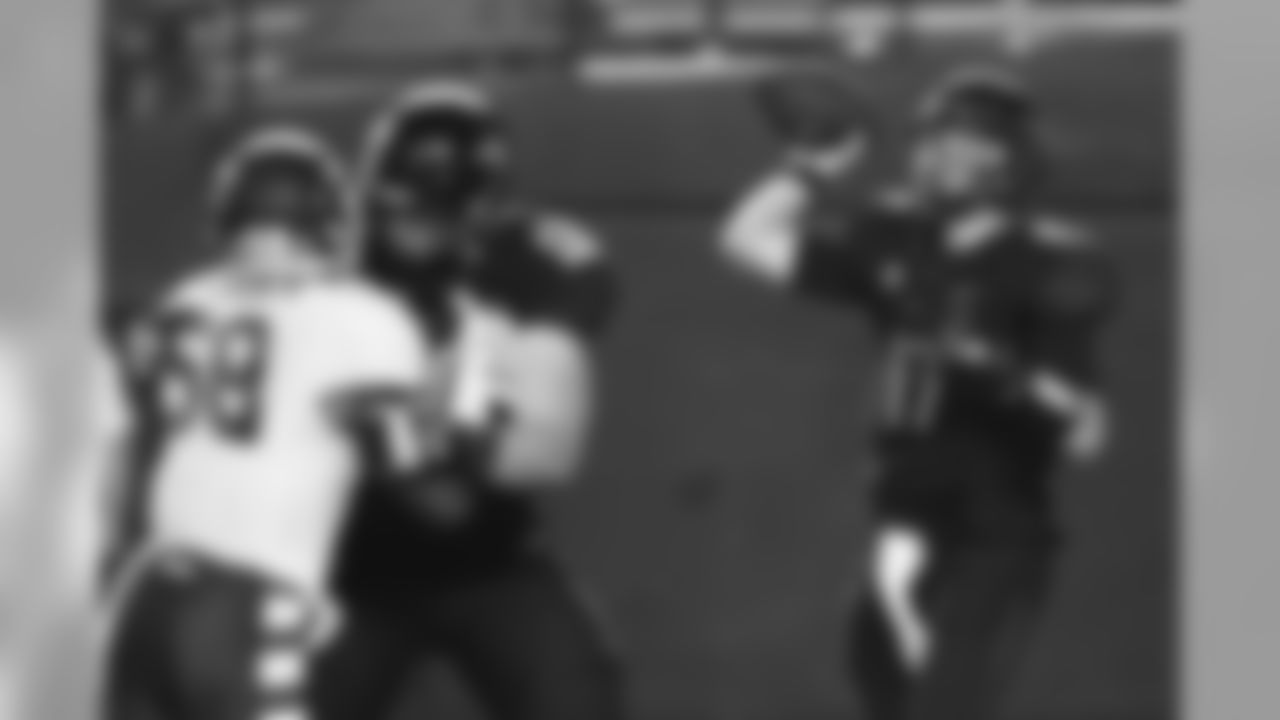
- Haason Reddick, Temple

- Haason Reddick, Temple
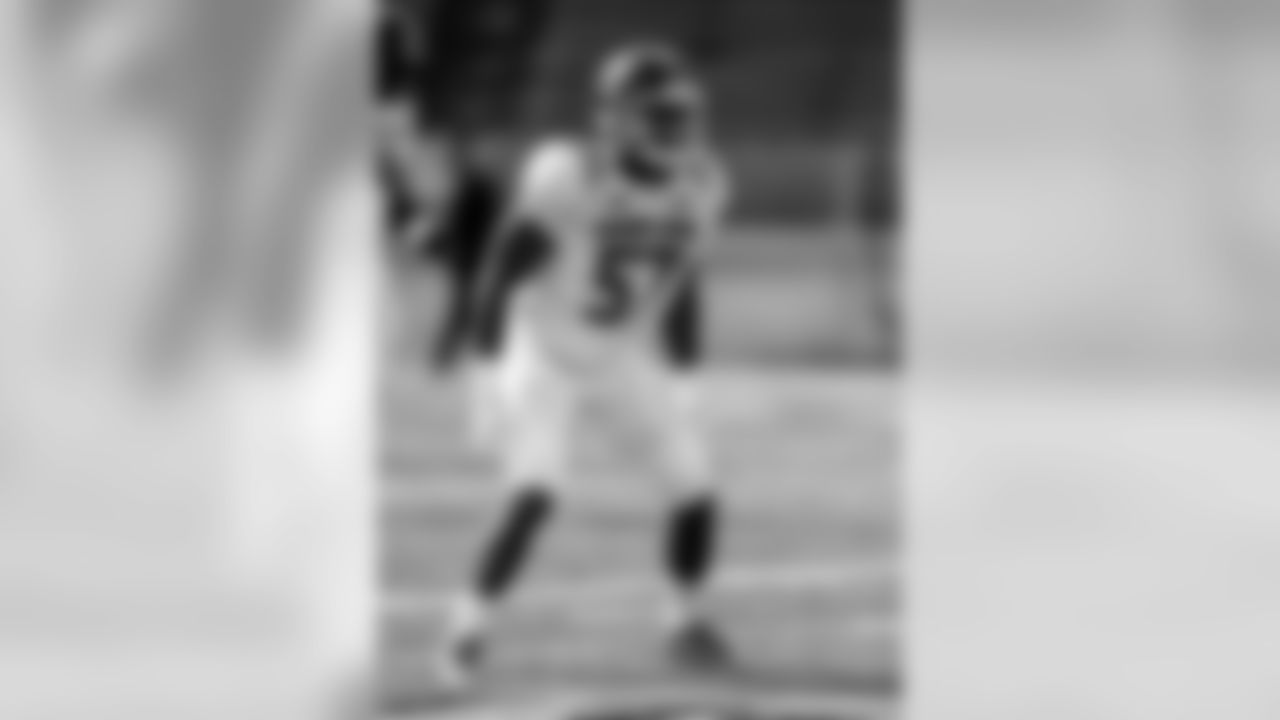
- Haason Reddick, Temple
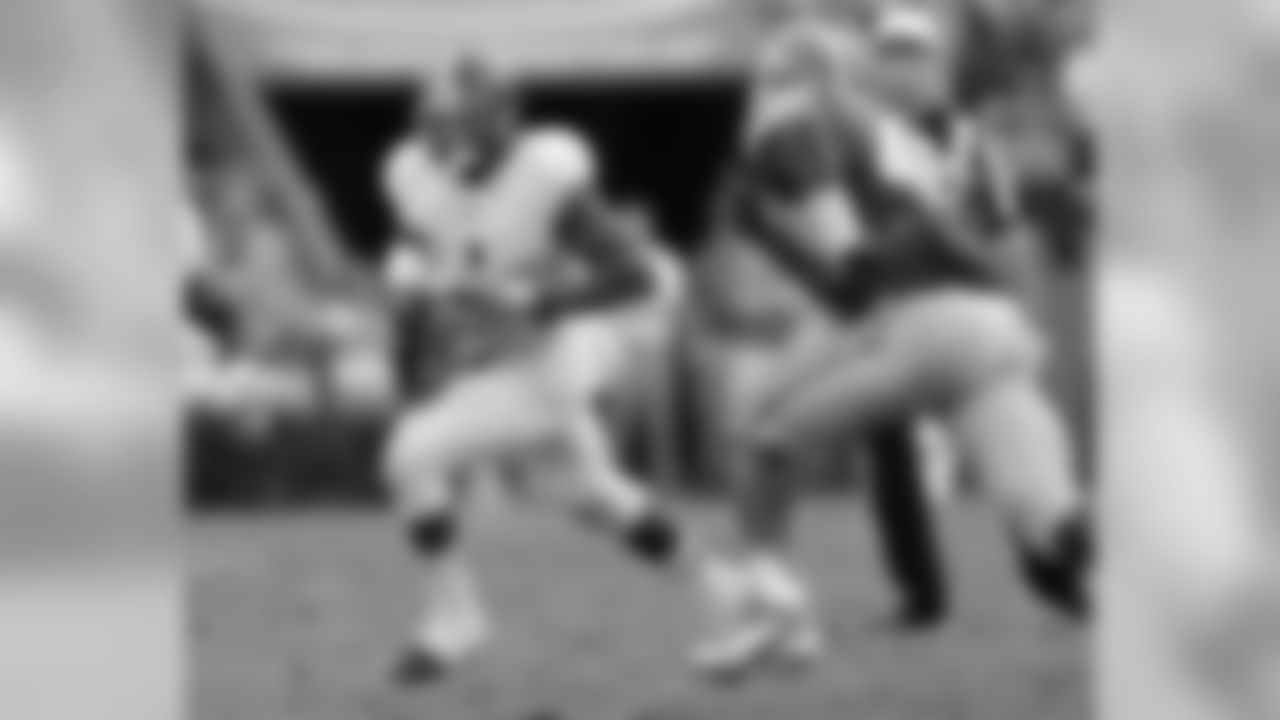
- Jarrad Davis, Florida
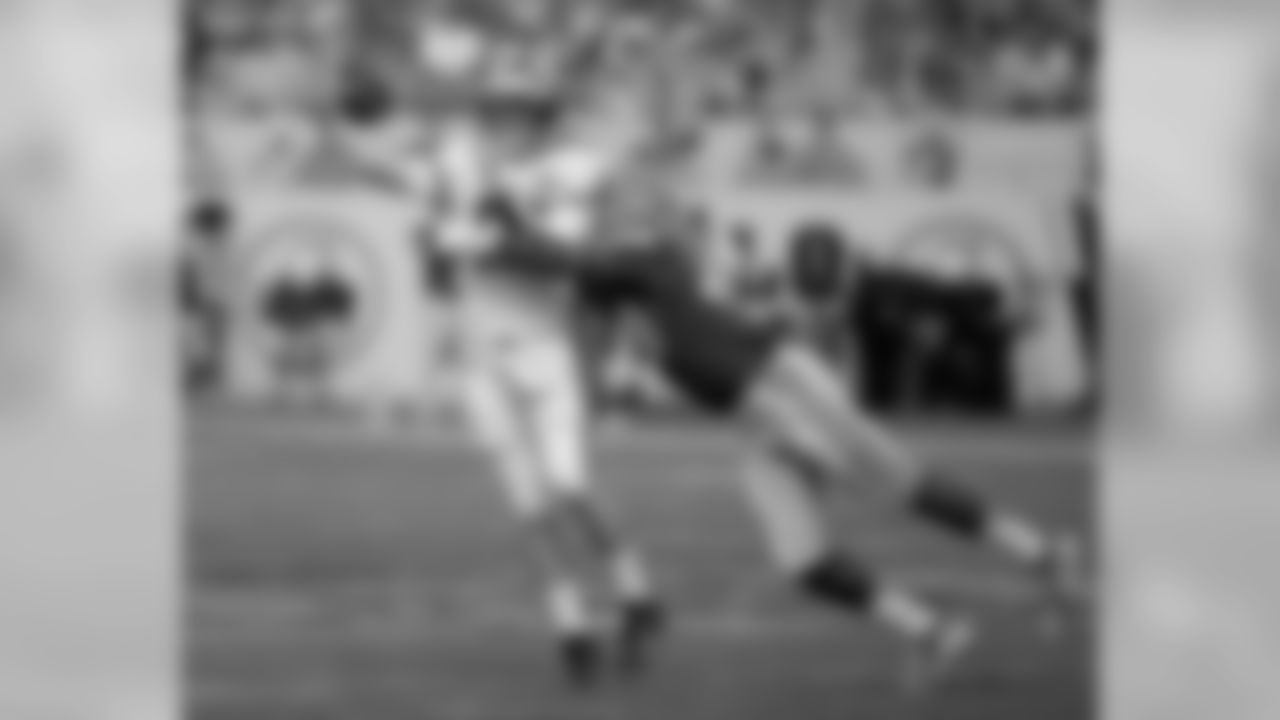
- Jarrad Davis, Florida
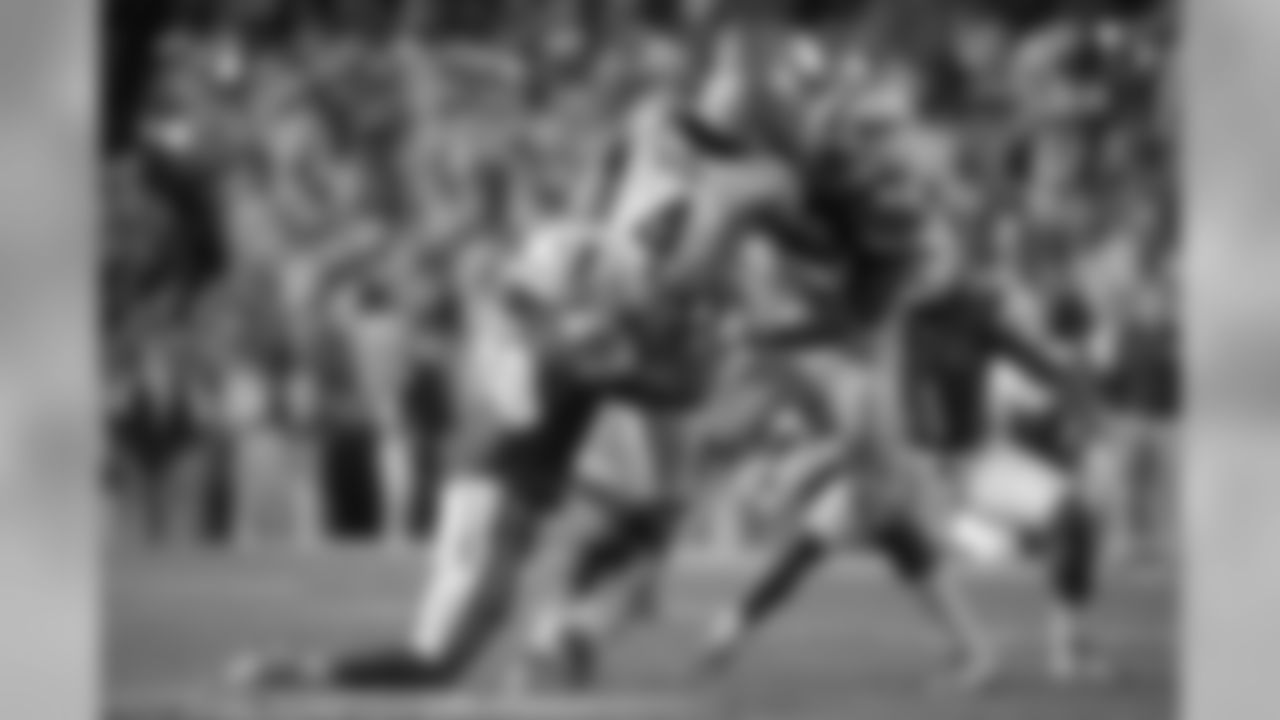
- Jarrad Davis, Florida
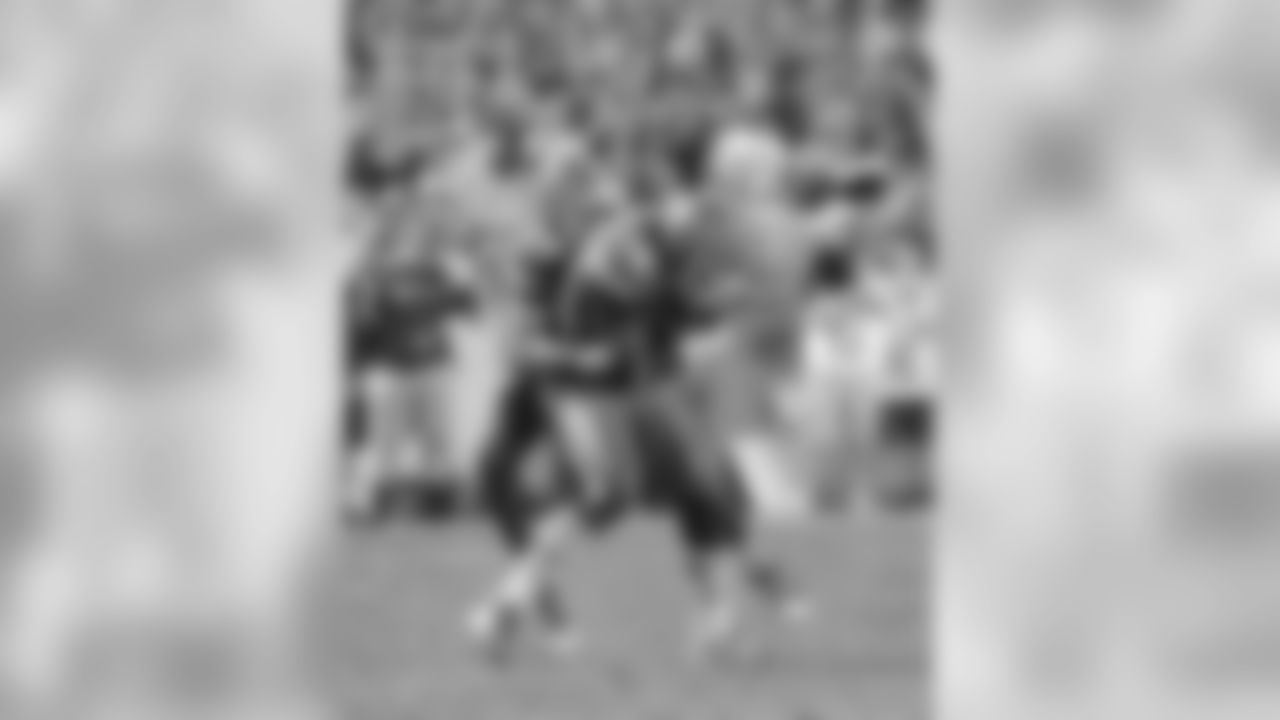
- Jarrad Davis, Florida

- Jarrad Davis, Florida
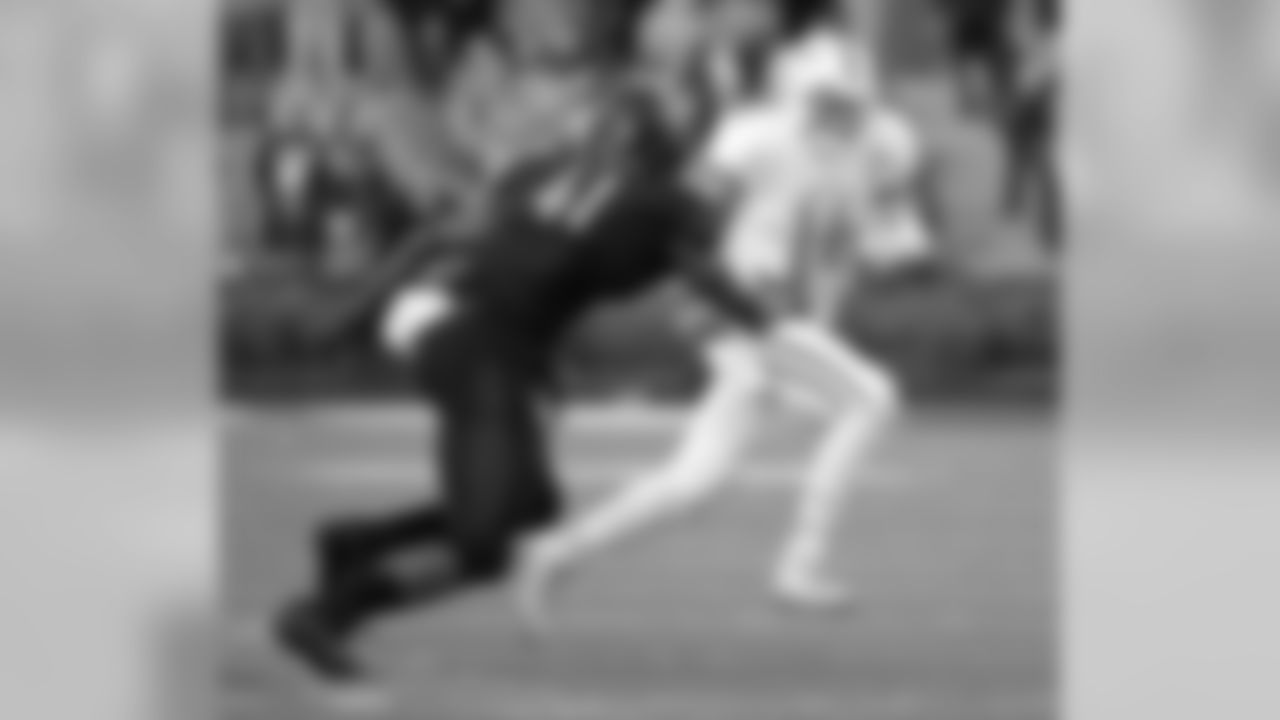
- Zach Cunningham, Vanderbilt

- Zach Cunningham, Vanderbilt
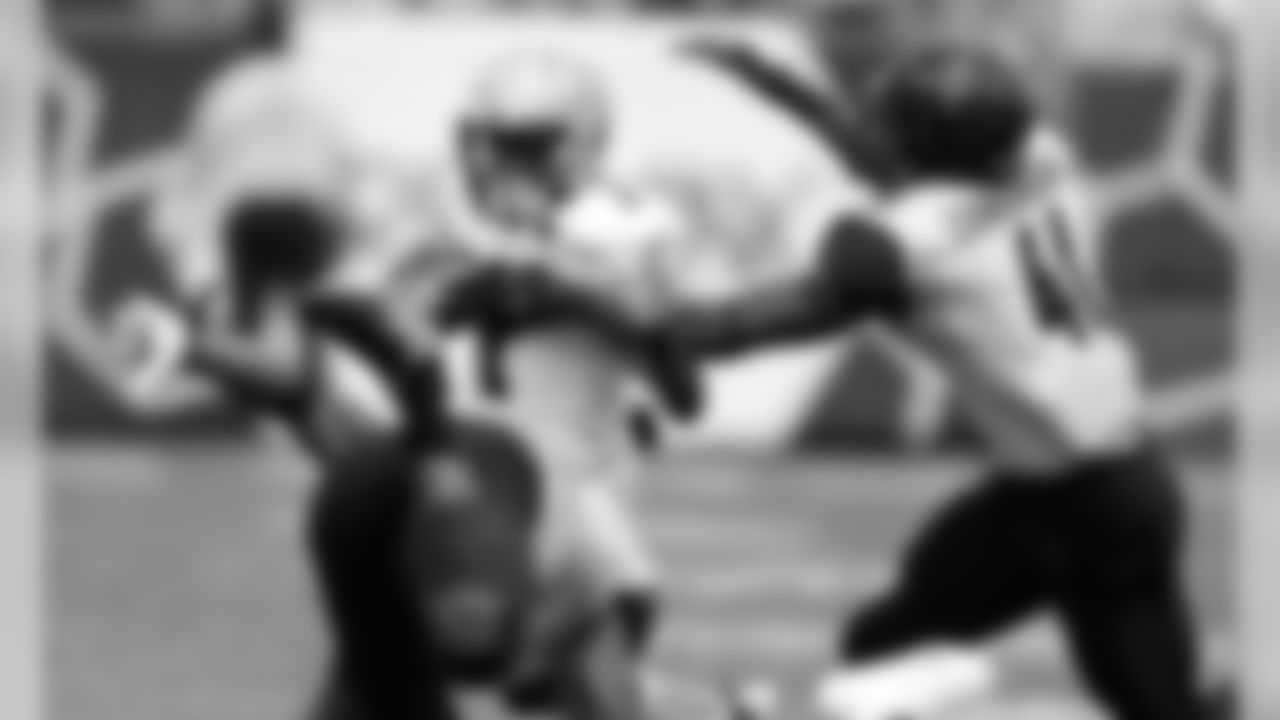
- Zach Cunningham, Vanderbilt
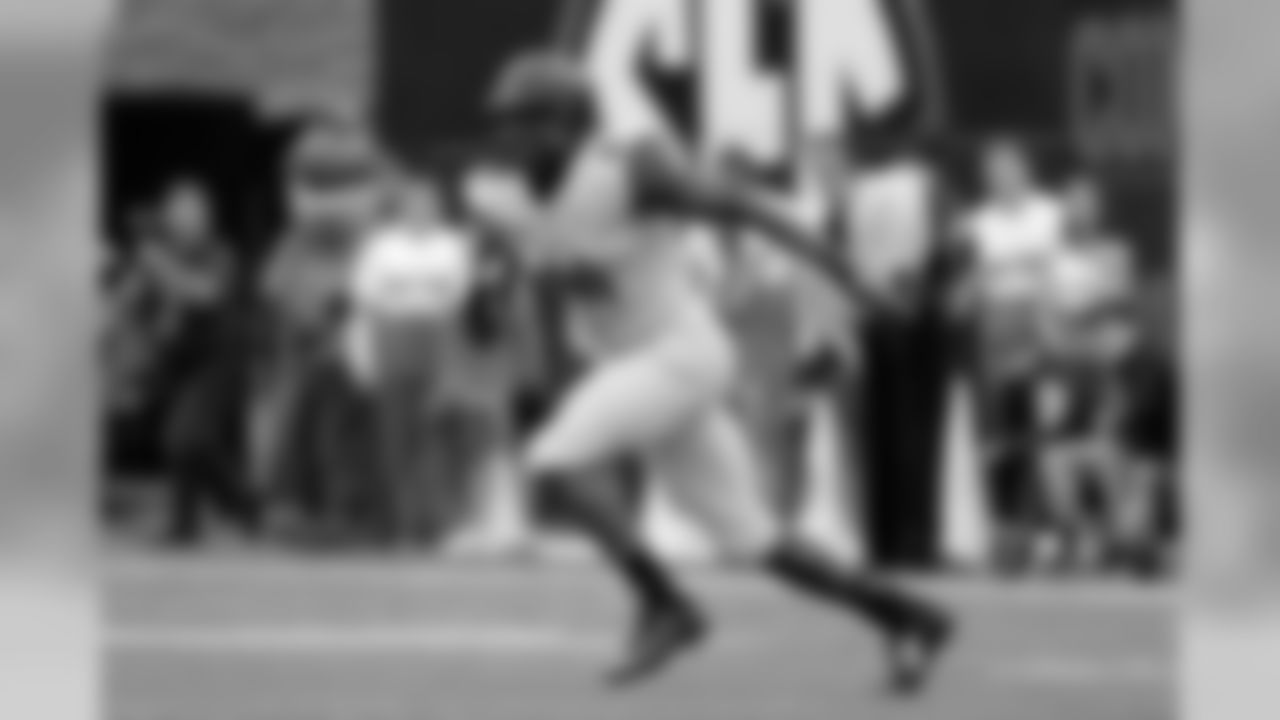
- Zach Cunningham, Vanderbilt
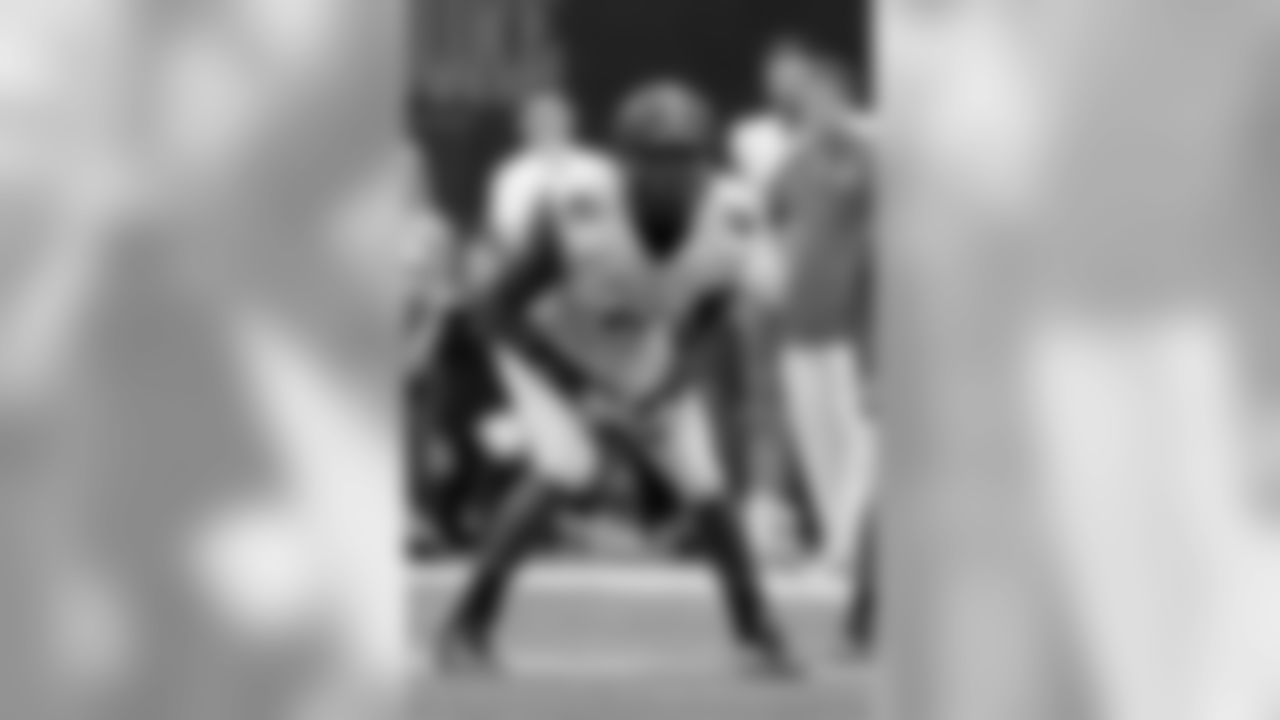
- Zach Cunningham, Vanderbilt
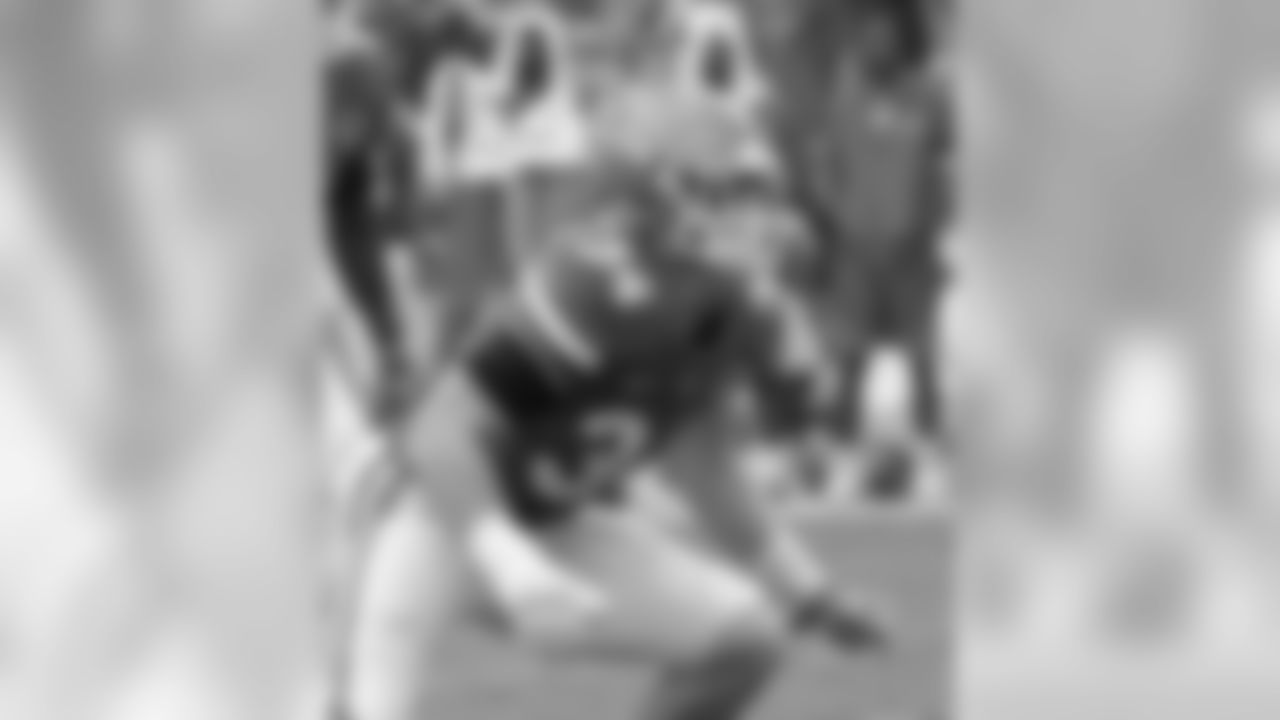
- Alex Anzalone, Florida

- Alex Anzalone, Florida
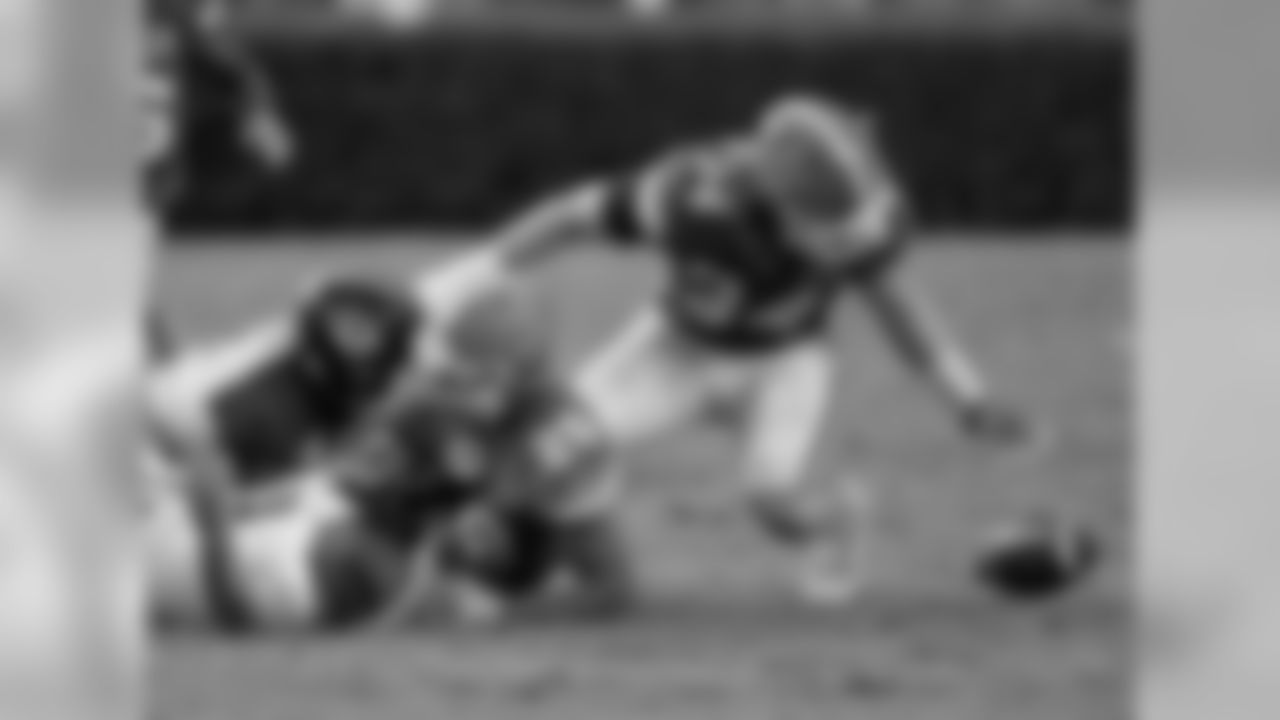
- Alex Anzalone, Florida
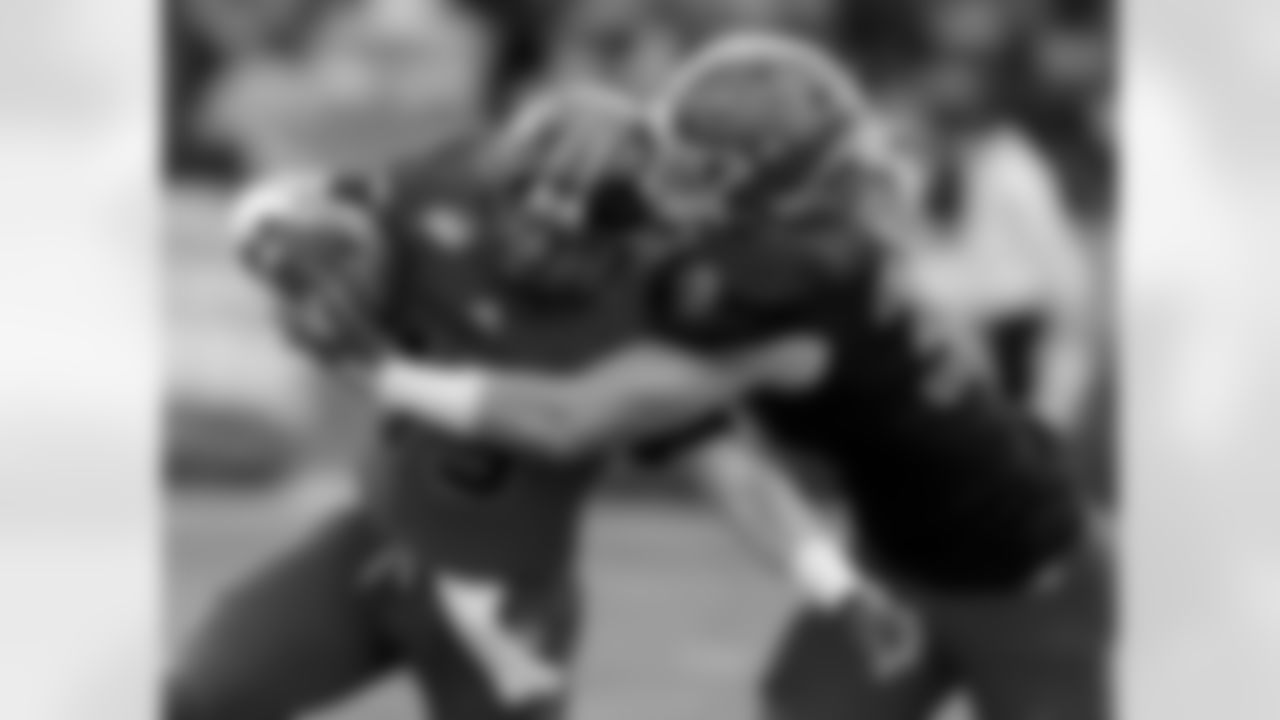
- Alex Anzalone, Florida

- Alex Anzalone, Florida
Clearly, that makes a trade down to acquire extra picks an idea worth considering. Using the same logic as above, the Buccaneers could easily land an extra second or third-round pick if they are willing to move down eight to 10 spots. The chart actually suggests that's third-round value, but if the Bucs are intent on getting a second-rounder they could swing a deal also involving the swap of later picks to make up the added value. Schefter also notes that the Buccaneers would even consider moving all the way out of the first round, which would be a move down of a minimum of 14 spots. Using the trade value chart, that would almost certainly require an additional second-round pick as the bait, if not more.
Which teams might be willing to work with the Buccaneers for pick #19? Again, the most obvious motivation would be a targeted quarterback. With the lack of consensus on how many passers should go in the first round, and where, interested teams may feel like they have to make a bold move in order to secure their quarterback of the future.
The Houston Texans, at #25, could come calling with a move down of seven spots, or the Browns, if they don't scratch their QB itch at #1 or #12, may be motivated to move back into the first round from #33. Houston has an extra fourth-round pick – for the first time this year, compensatory picks can be traded – and owns #89 in the third round. Cleveland, of course, has tons of trade ammunition, having acquired an extra second and two extra fifths this year and a bunch of Day Two picks in the 2018 draft. The Broncos (#20), Chiefs (#27) and Steelers (#30) also may have varying interests in a quarterback like Texas Tech's Patrick Mahomes.
The other scarcity in this year's opening round, as noted earlier, is offensive linemen. That could prompt the teams hoping to land the few highly-rated blockers to jockey for position in the latter half of the round. The Bucs could be perfectly positioned to take advantage of this with a move down of four to seven spots. The New York Giants at #23 and the Seattle Seahawks at #26 are two teams that appear to have pressing needs on the offensive line and might be willing to deal. Seattle has two extra third-round compensatory picks, although the Seahawks under General Manager John Schneider have been more likely to trade down than up.
4. Trade Out
We only explore this option in the interest of being complete, as it seems highly unlikely. The Buccaneers do have a trade of this variety in their recent history, the 2013 swap with the Jets that brought in cornerback Darrelle Revis for pick #13 and a fourth-rounder. However, that was executed before the arrivals of Licht and Koetter, and it was also not a complete success as Revis was released a year later for cap reasons. Licht, who has shown no aversion to trades involving draft assets since he took over in 2014, has done a trade-out before, but it was a fourth-round pick, which was packaged with tight end Tim Wright to get Patriots Pro Bowl guard Logan Mankins.
Simply put, there likely isn't a veteran player available to the Buccaneers that would present a better option than picking a draft prospect at the same position. That's particularly true because the drafted player would almost certainly command a lesser portion of the salary cap for the next four years. If the Bucs were exploring this unlikely option, they probably would have done so before the draft, as the Patriots did when they acquired wide receiver Brandin Cooks from the Saints for pick #32.























